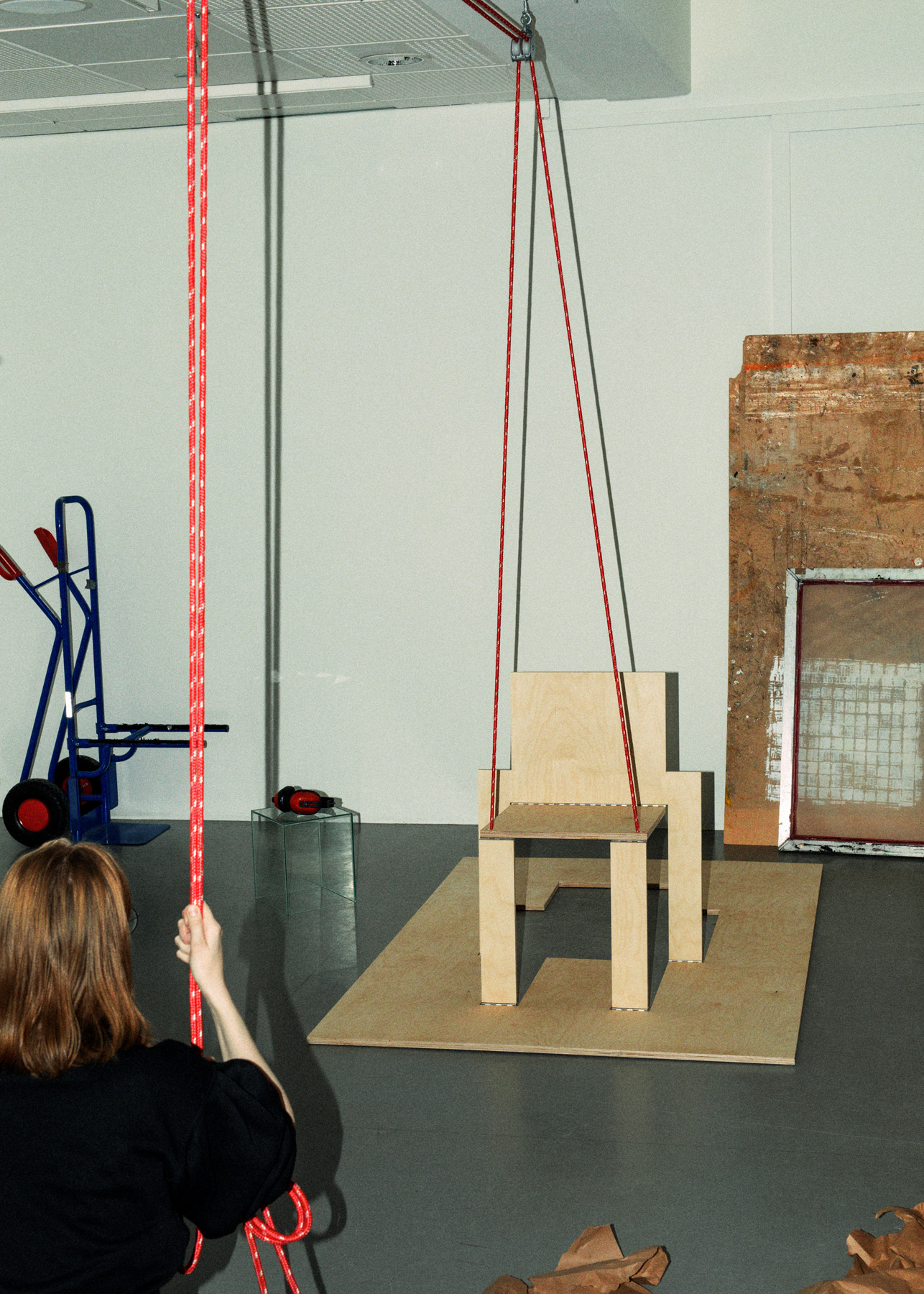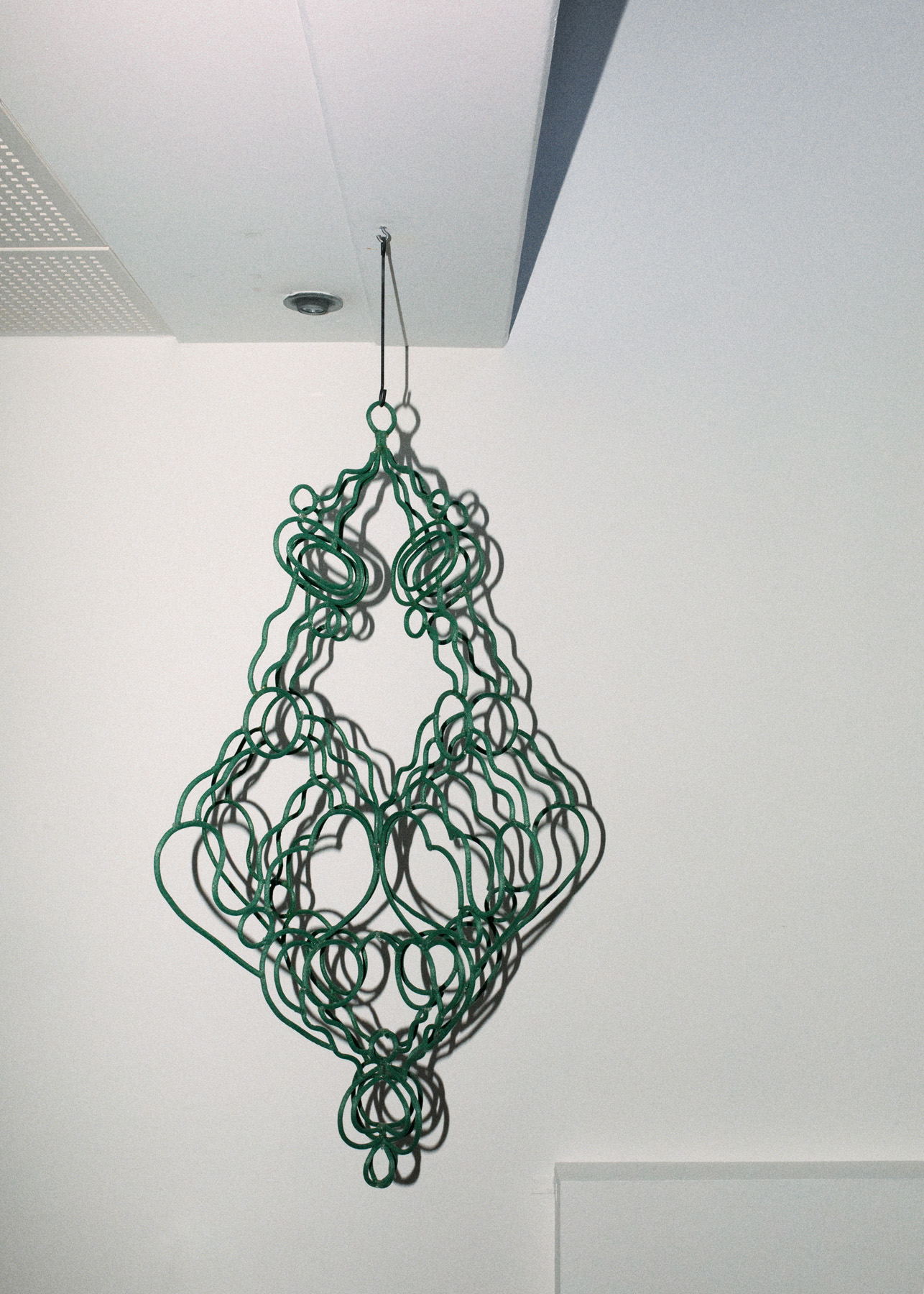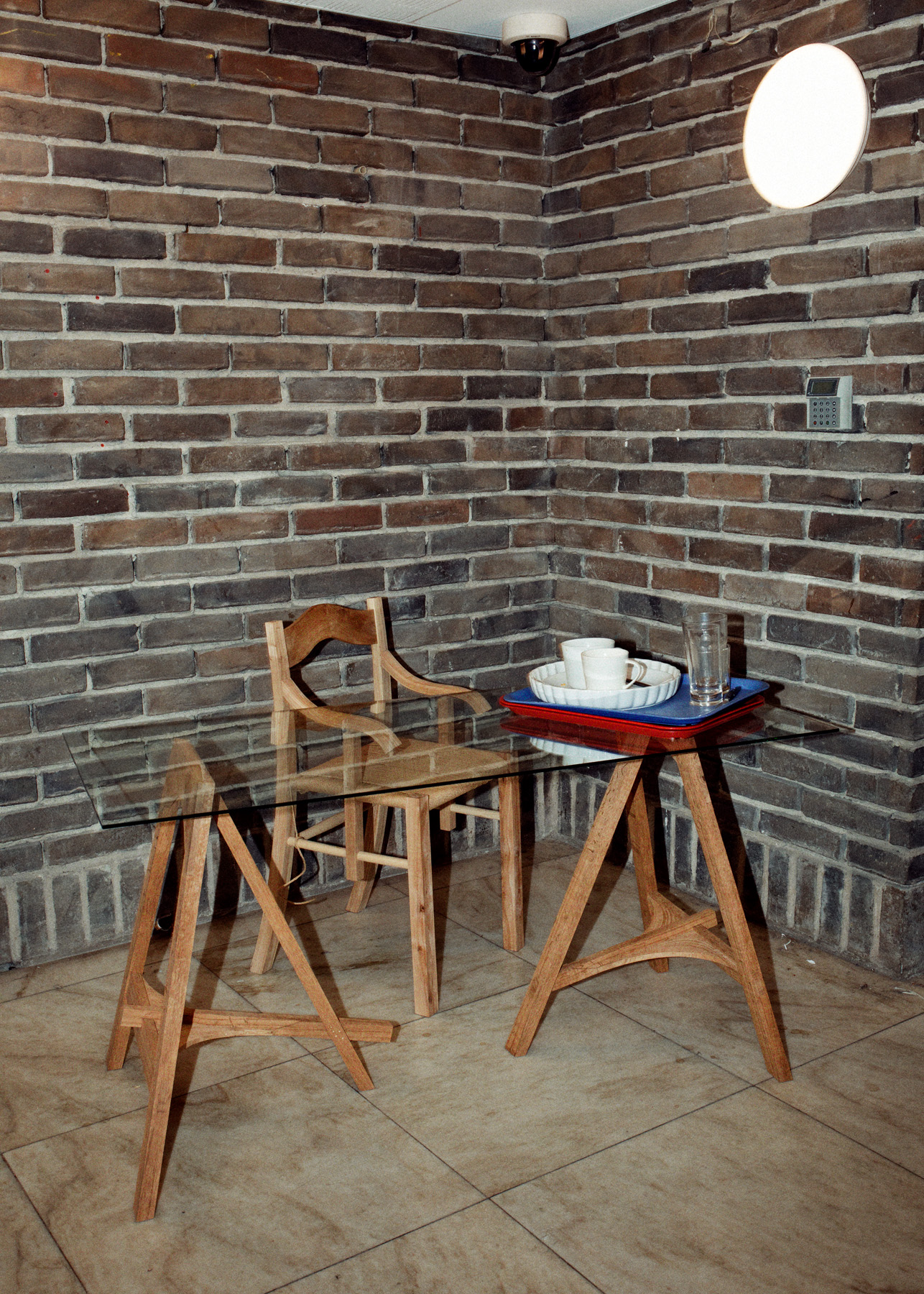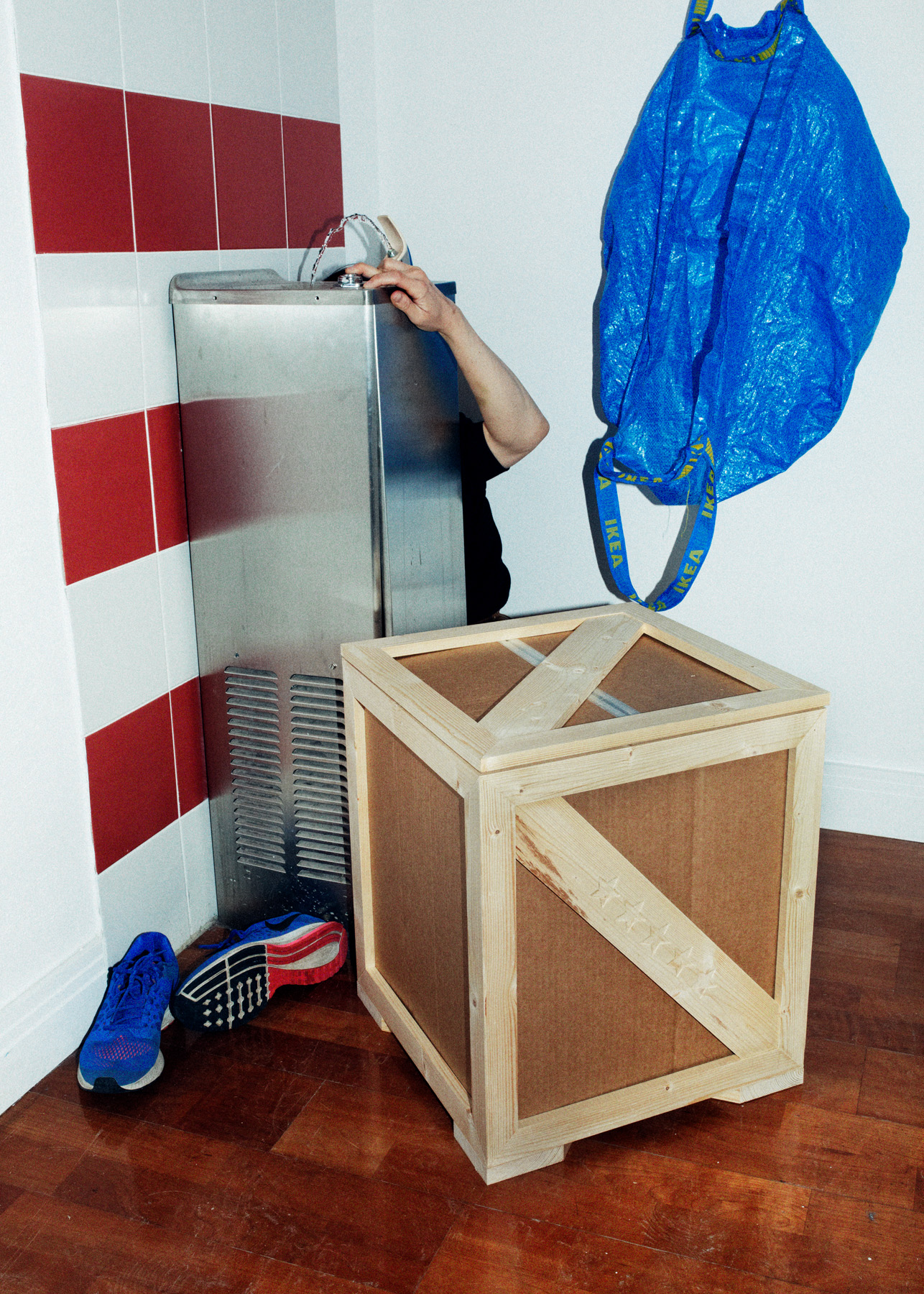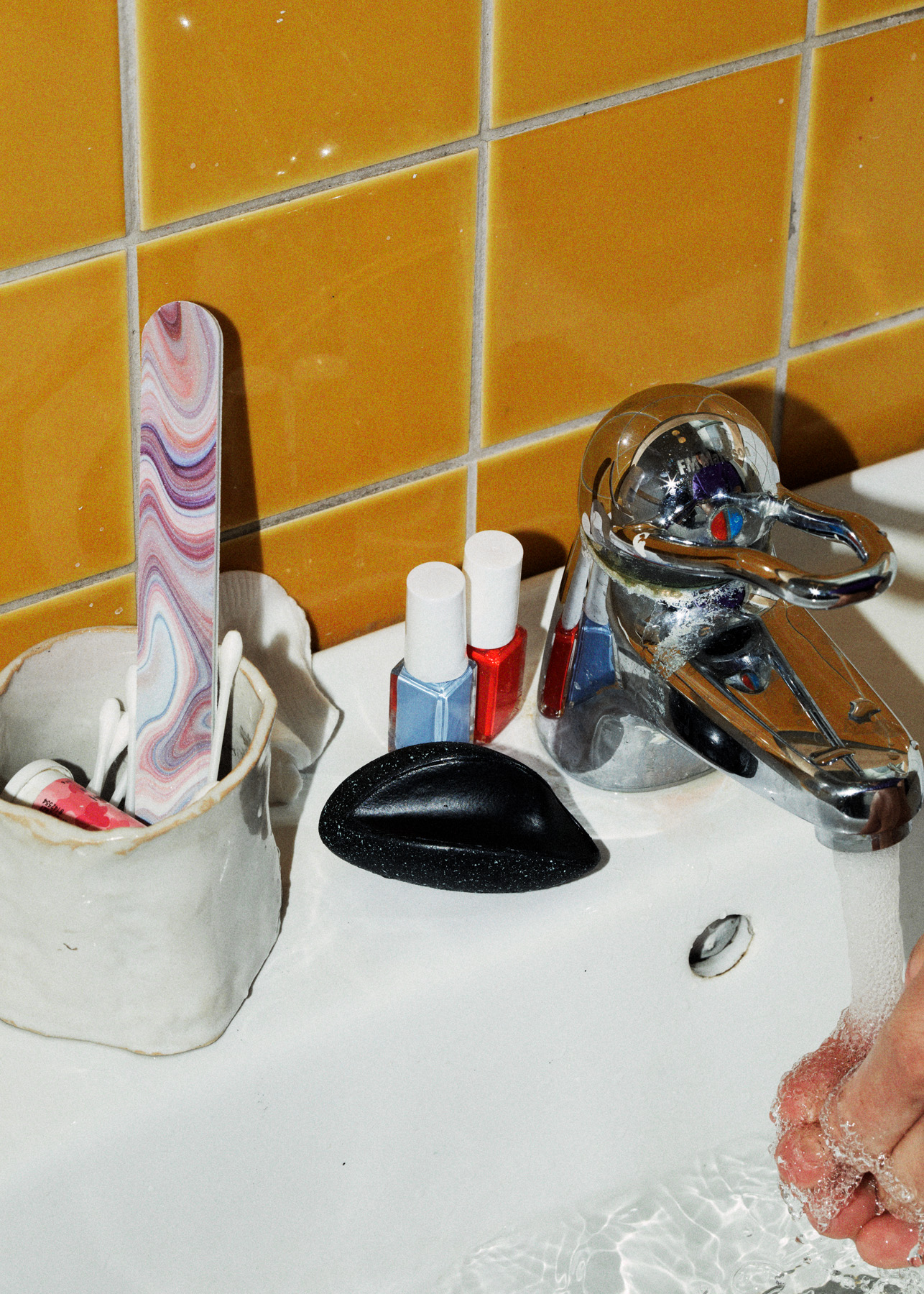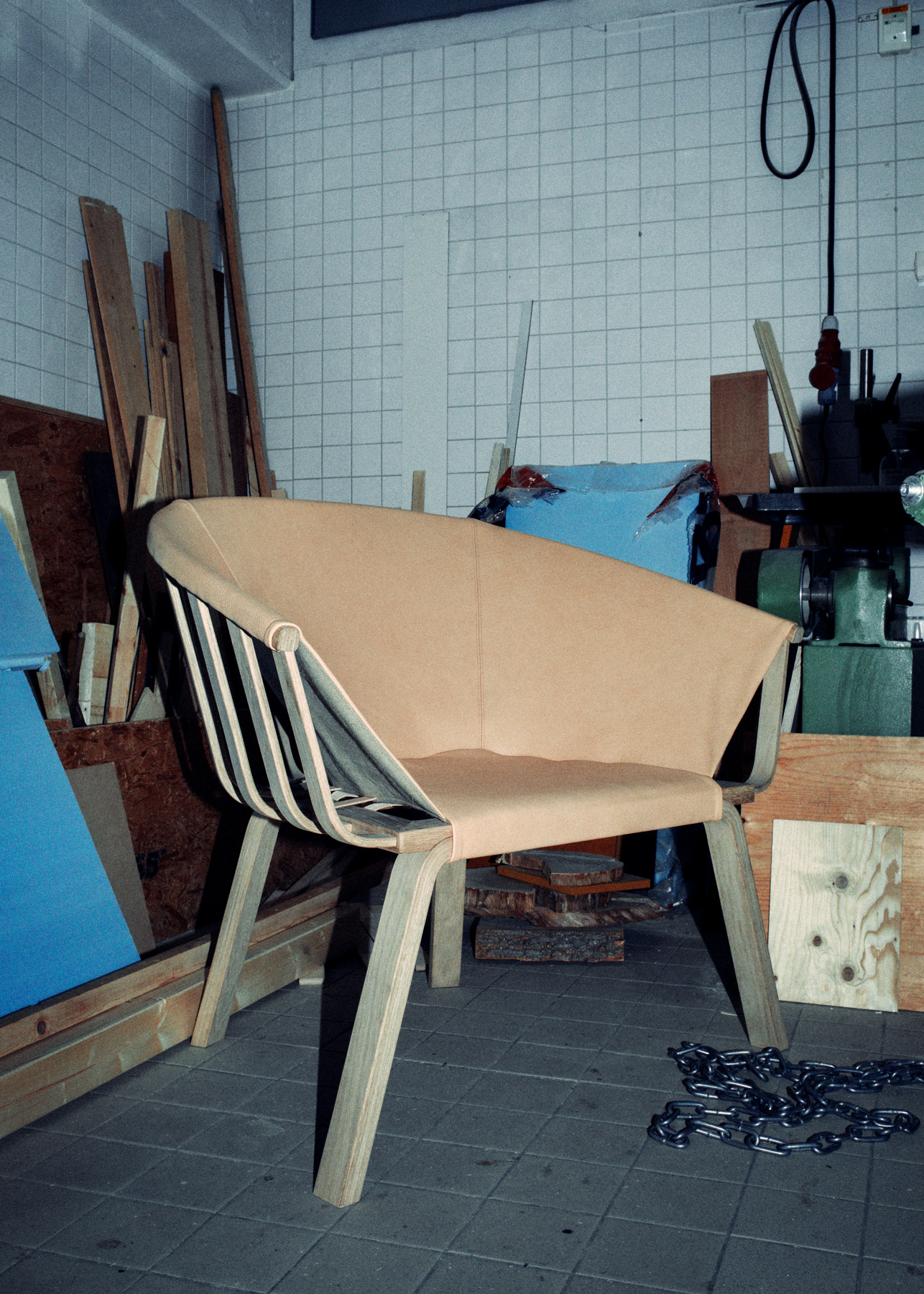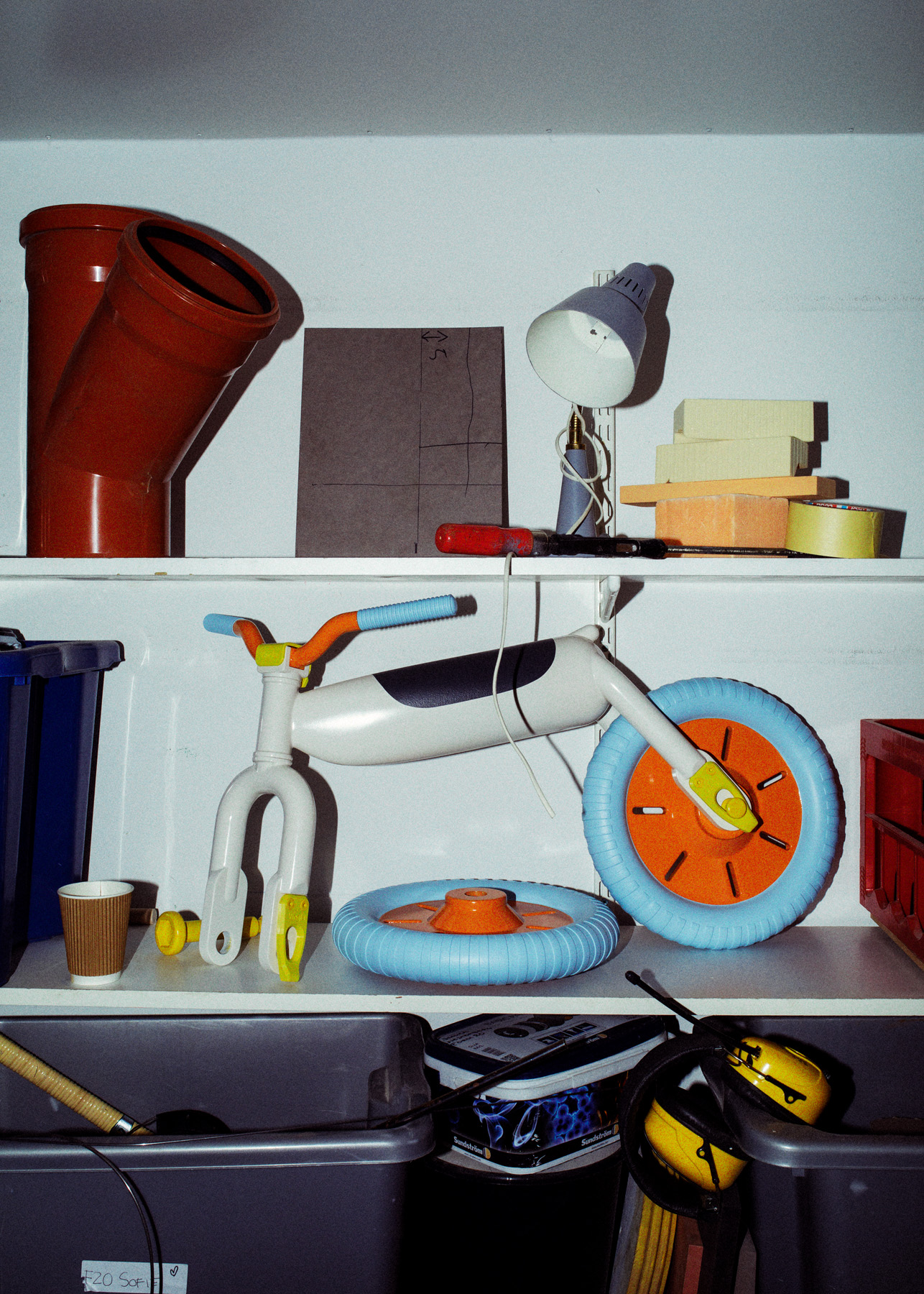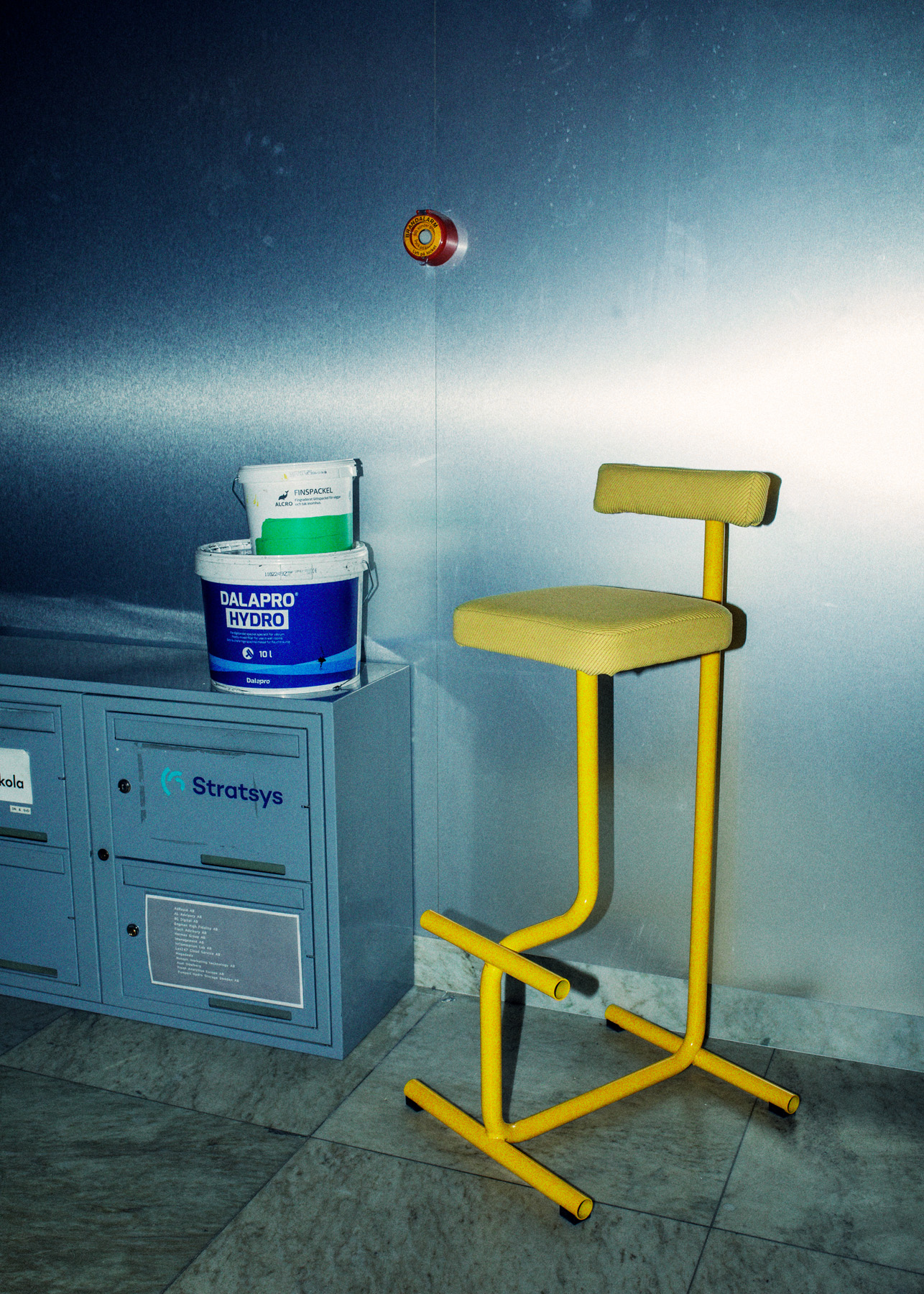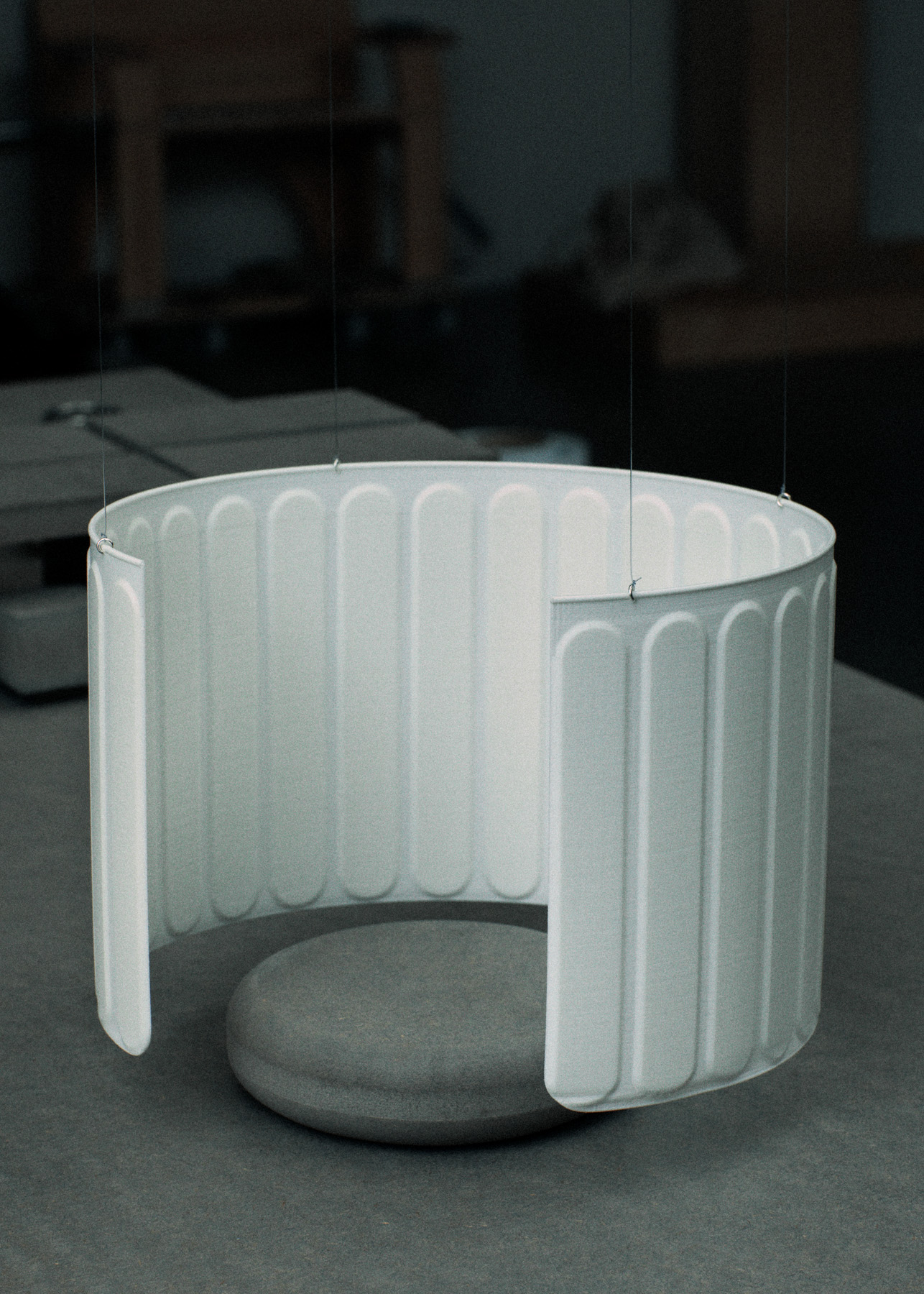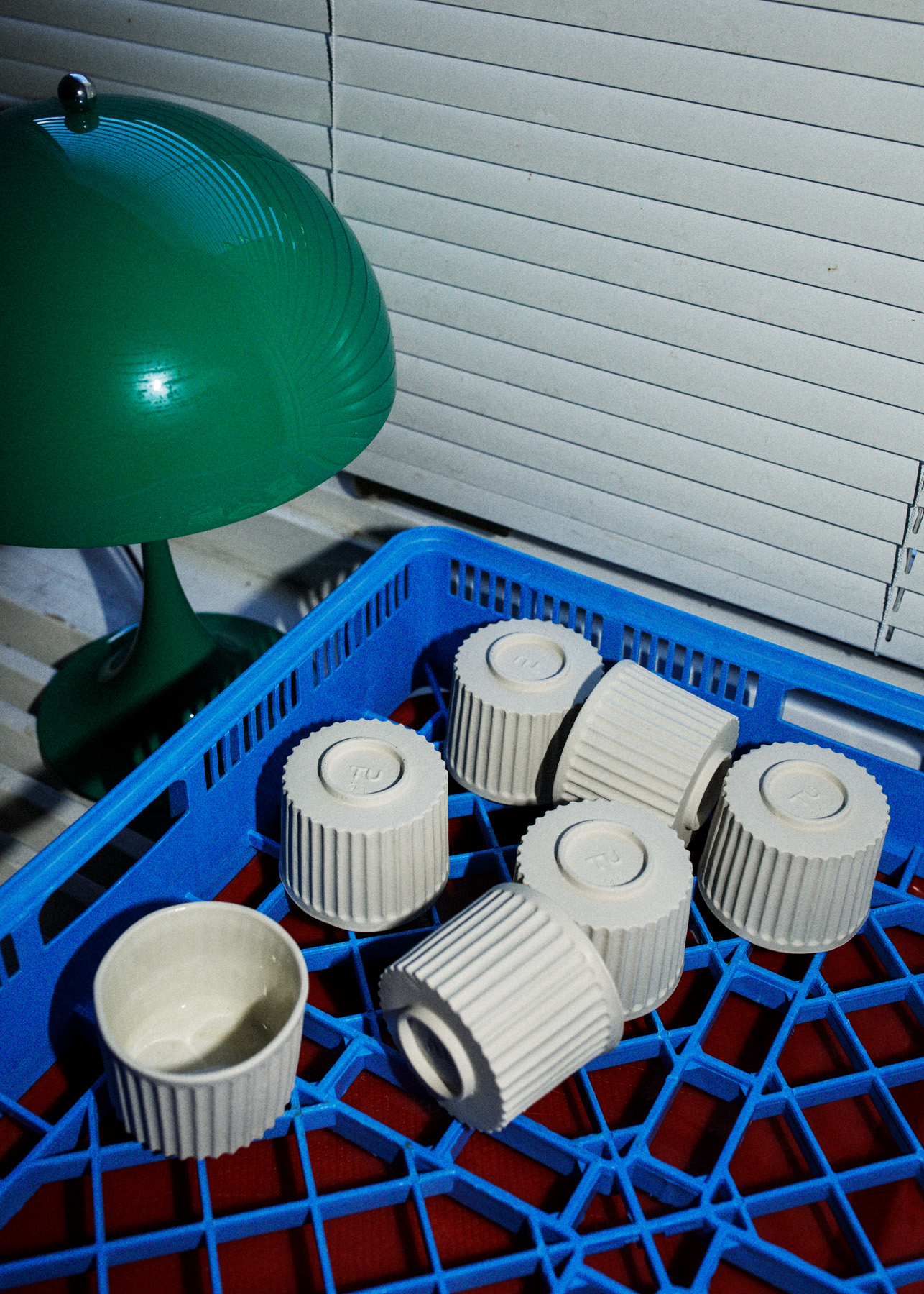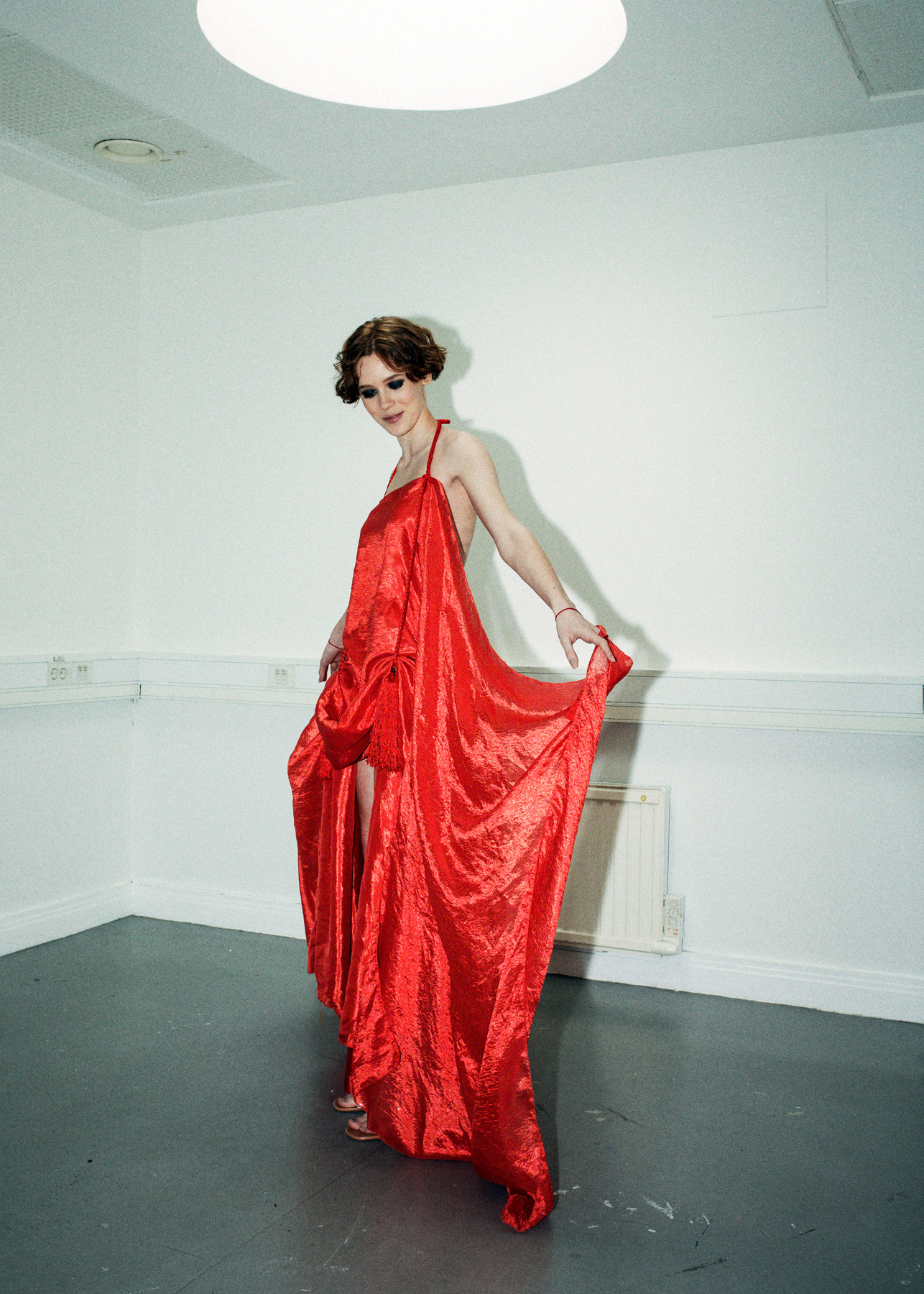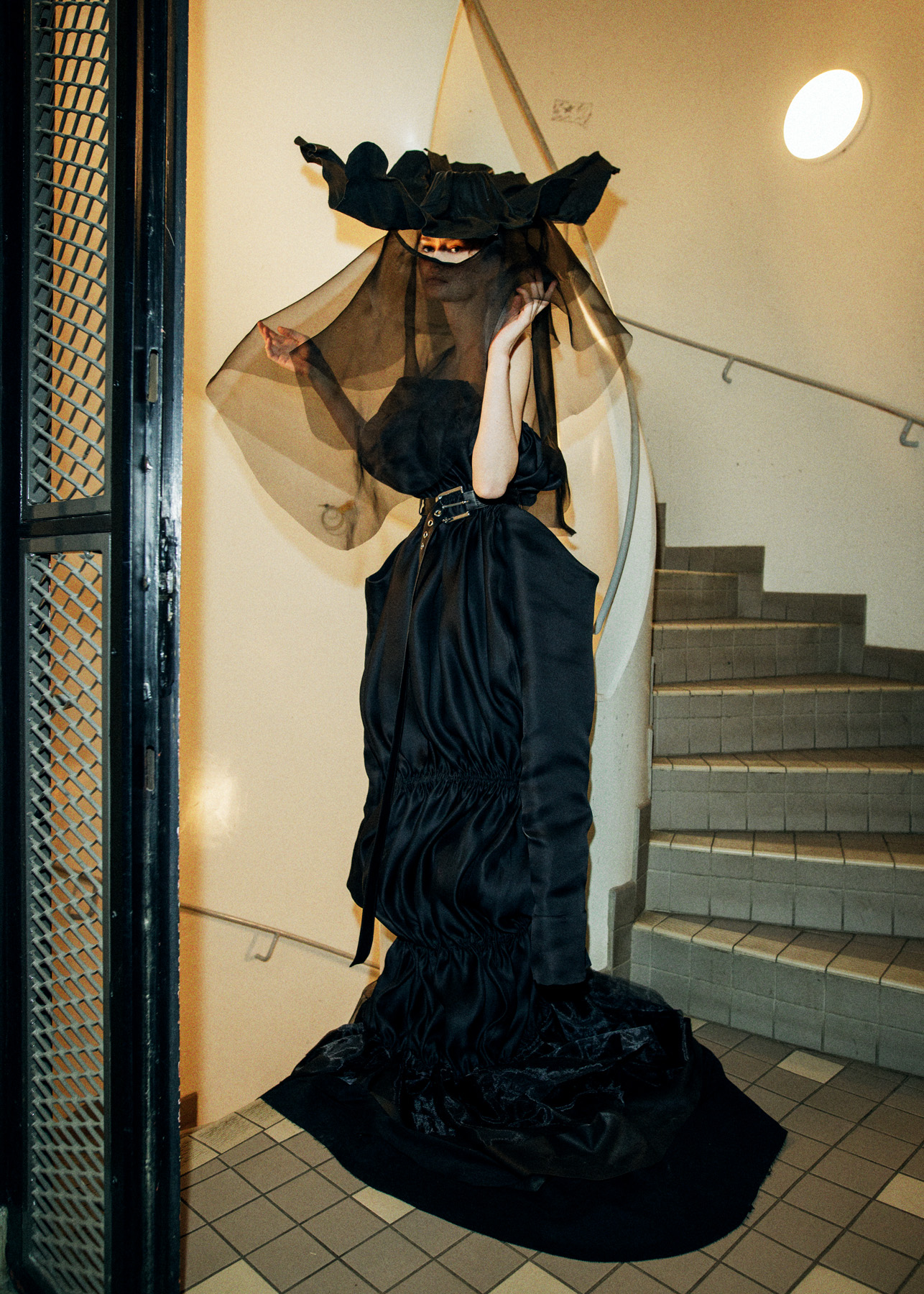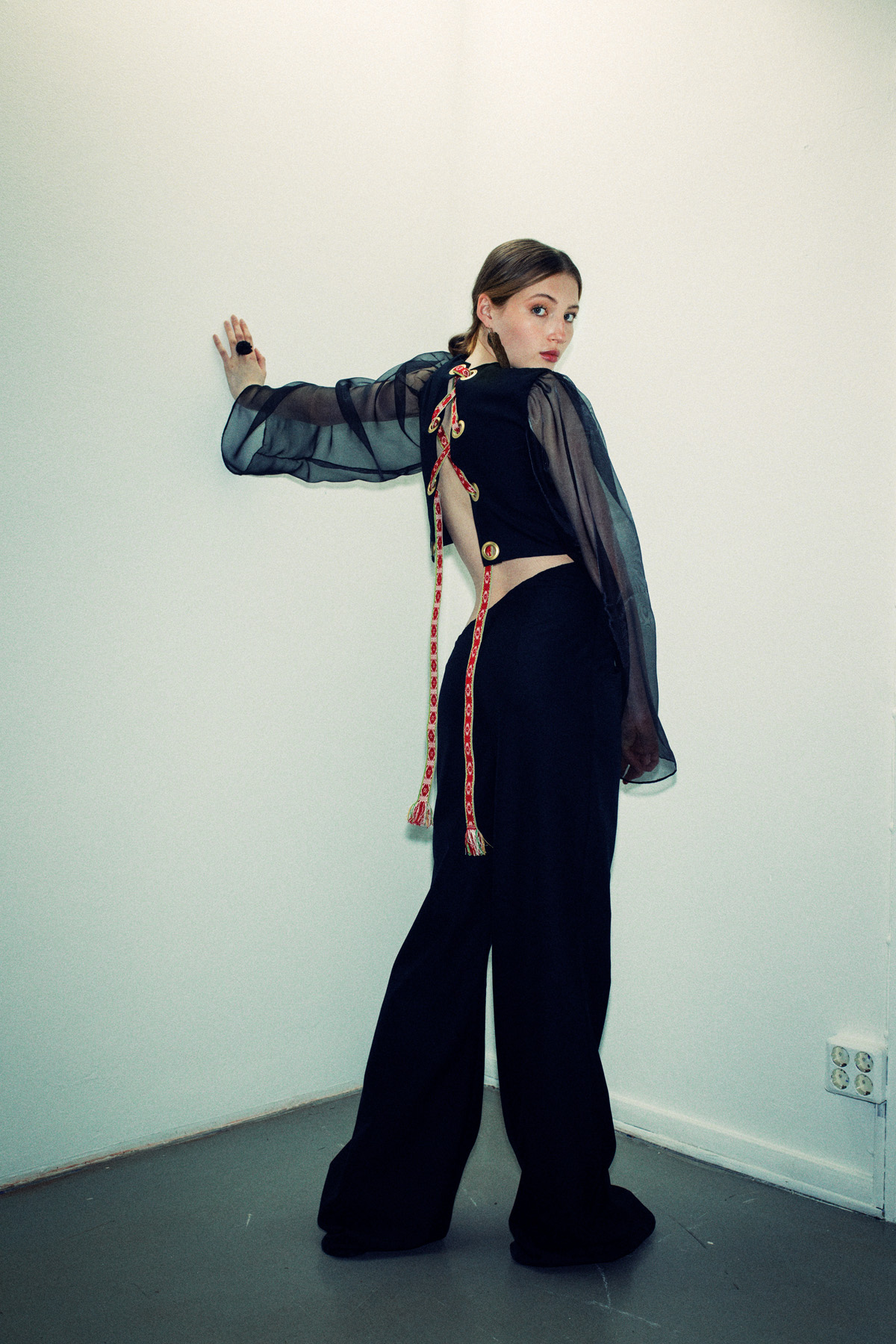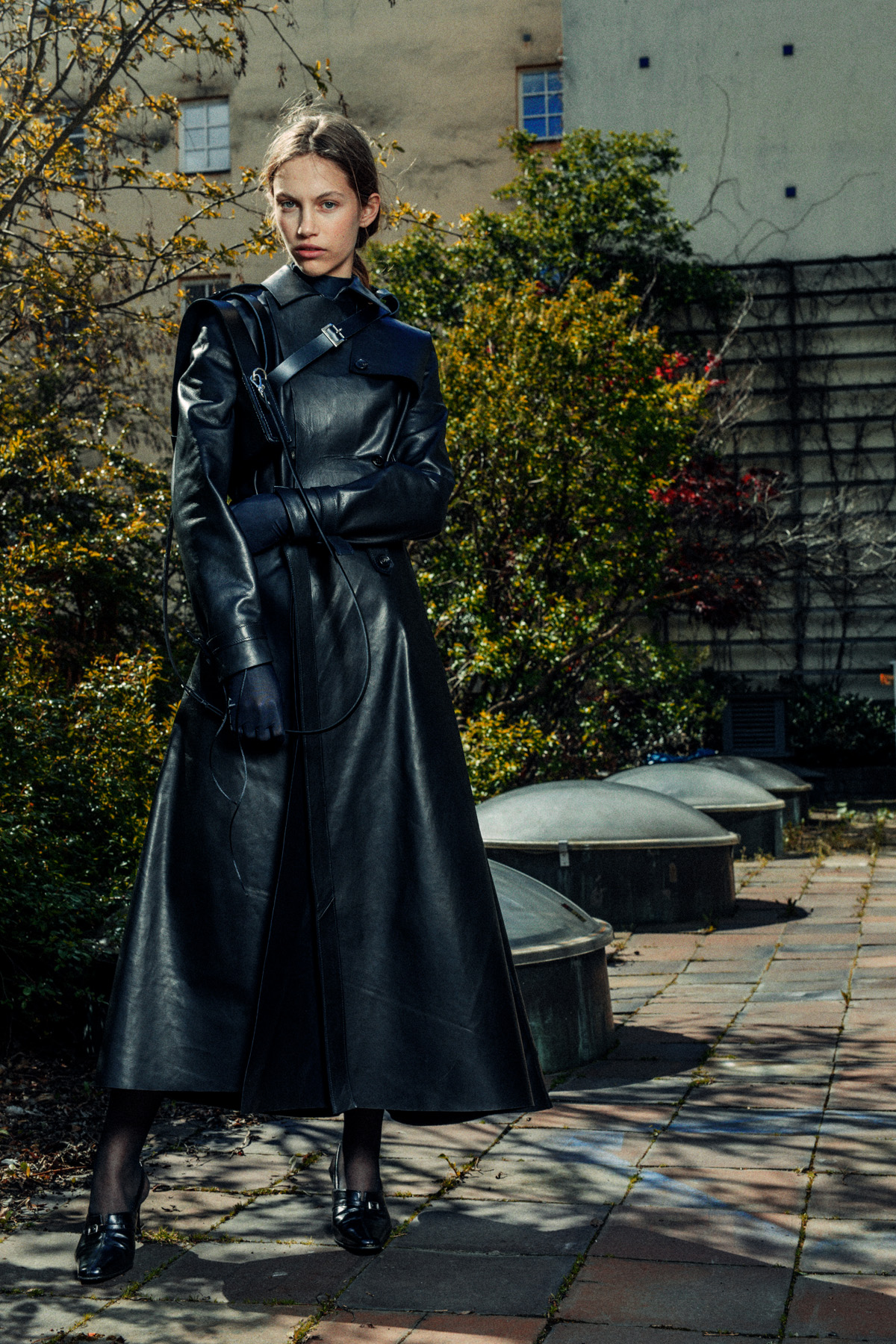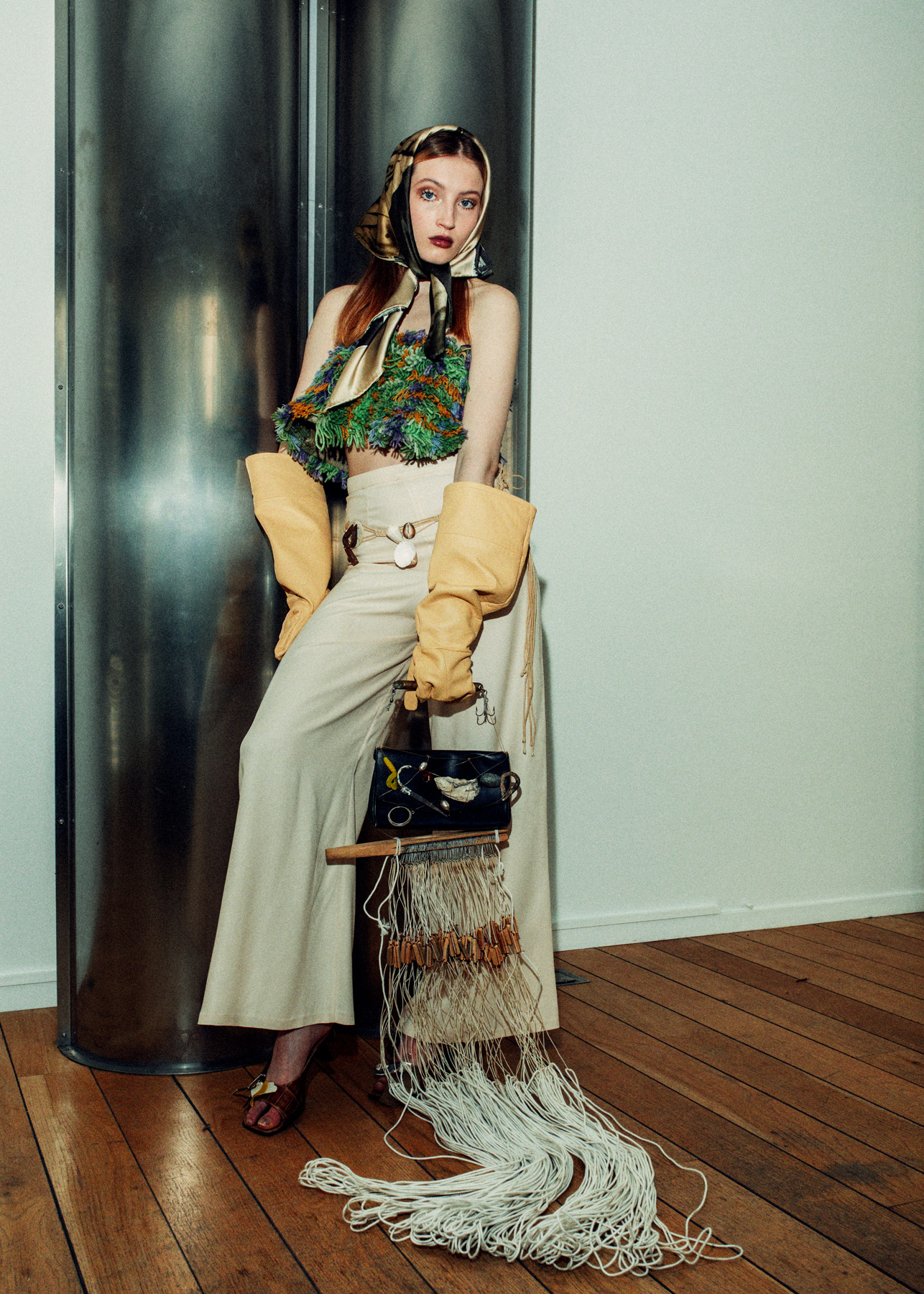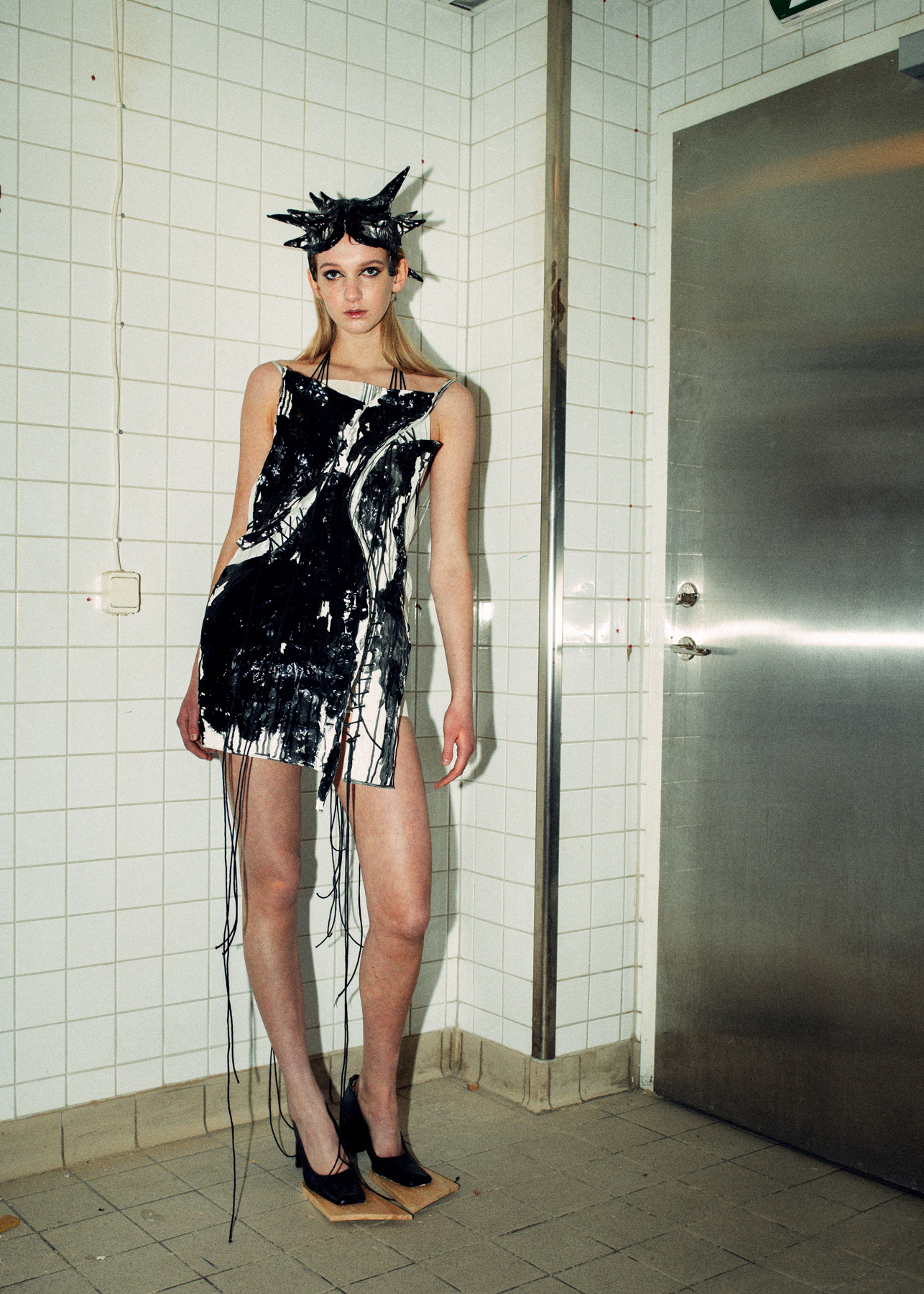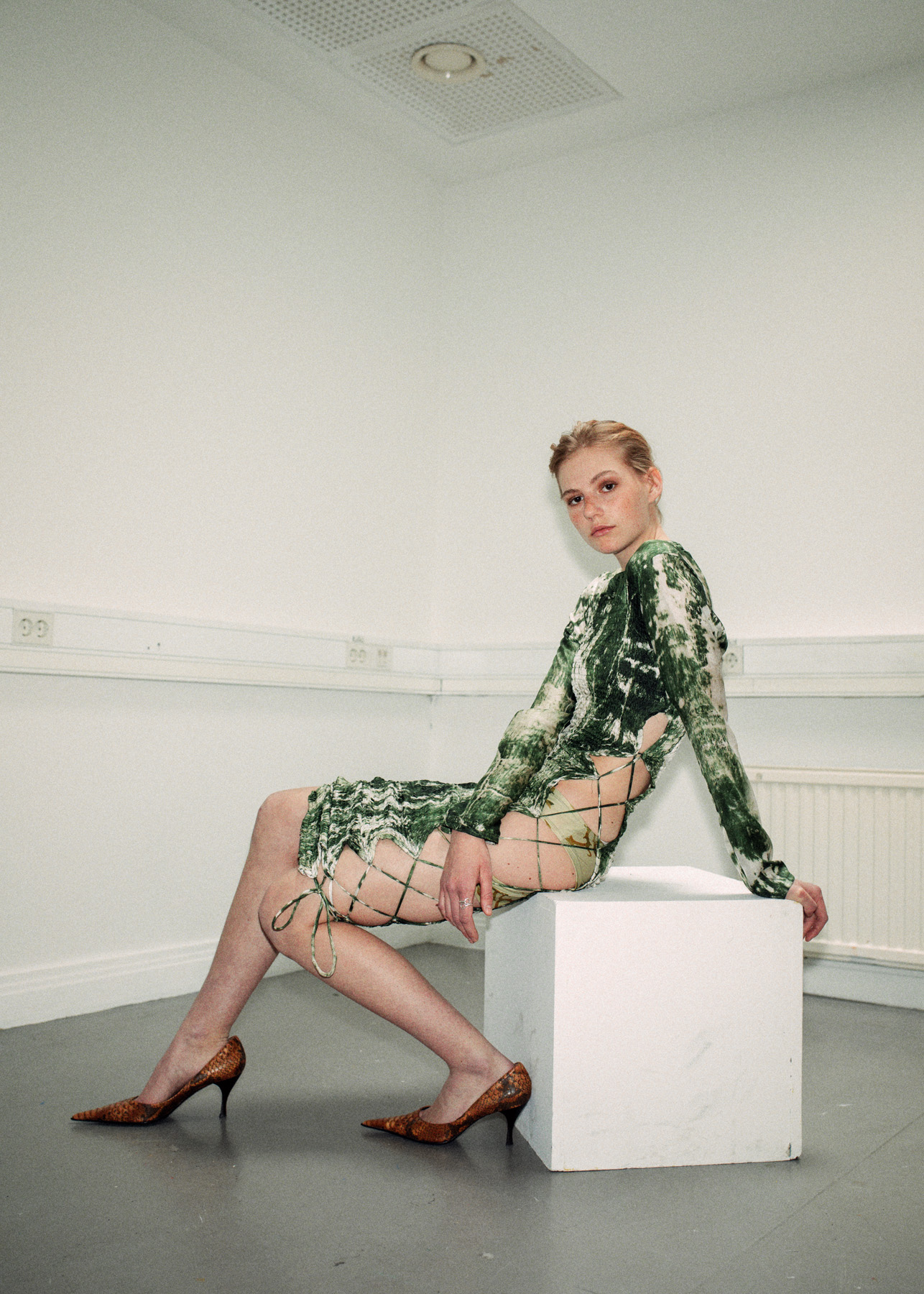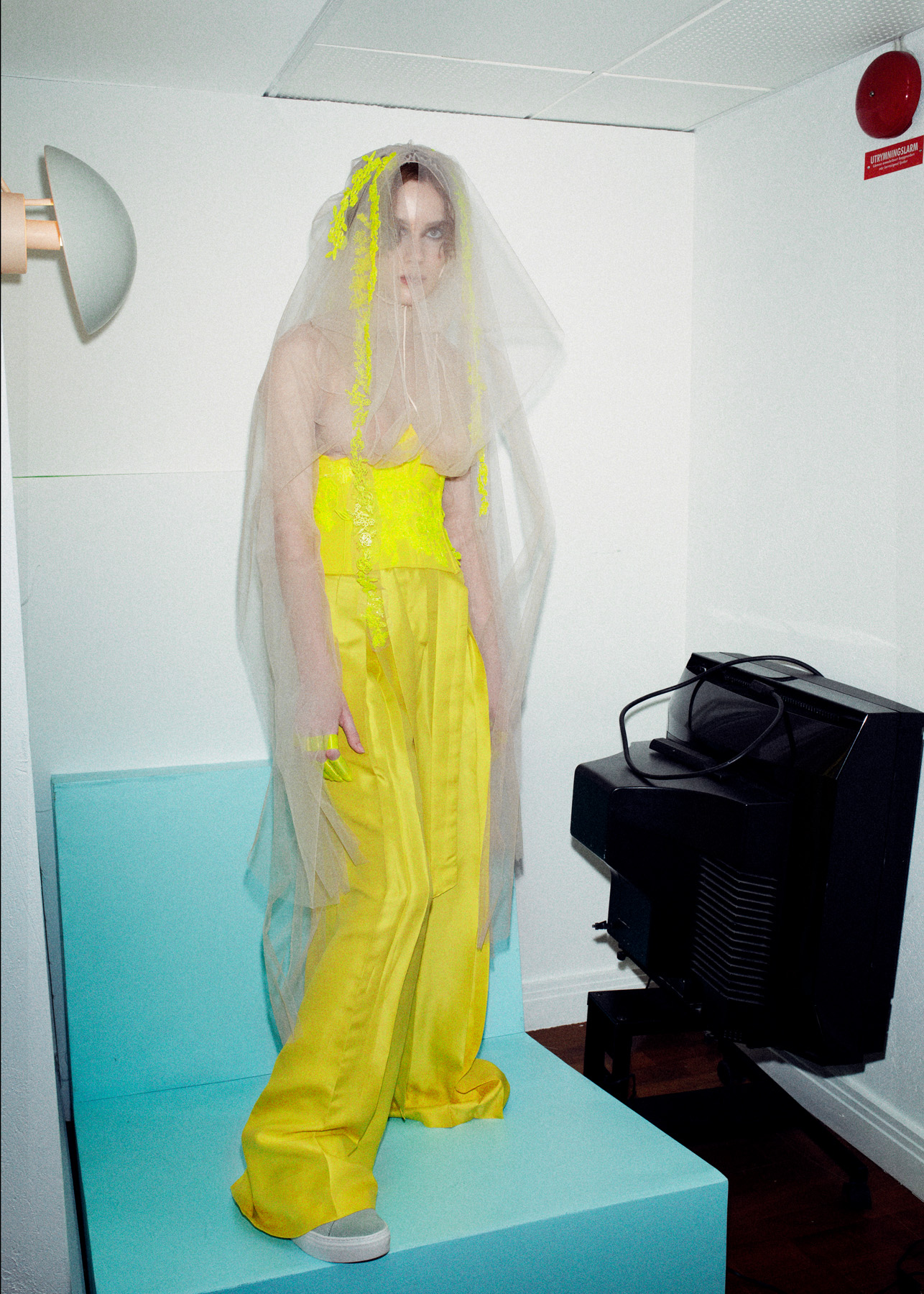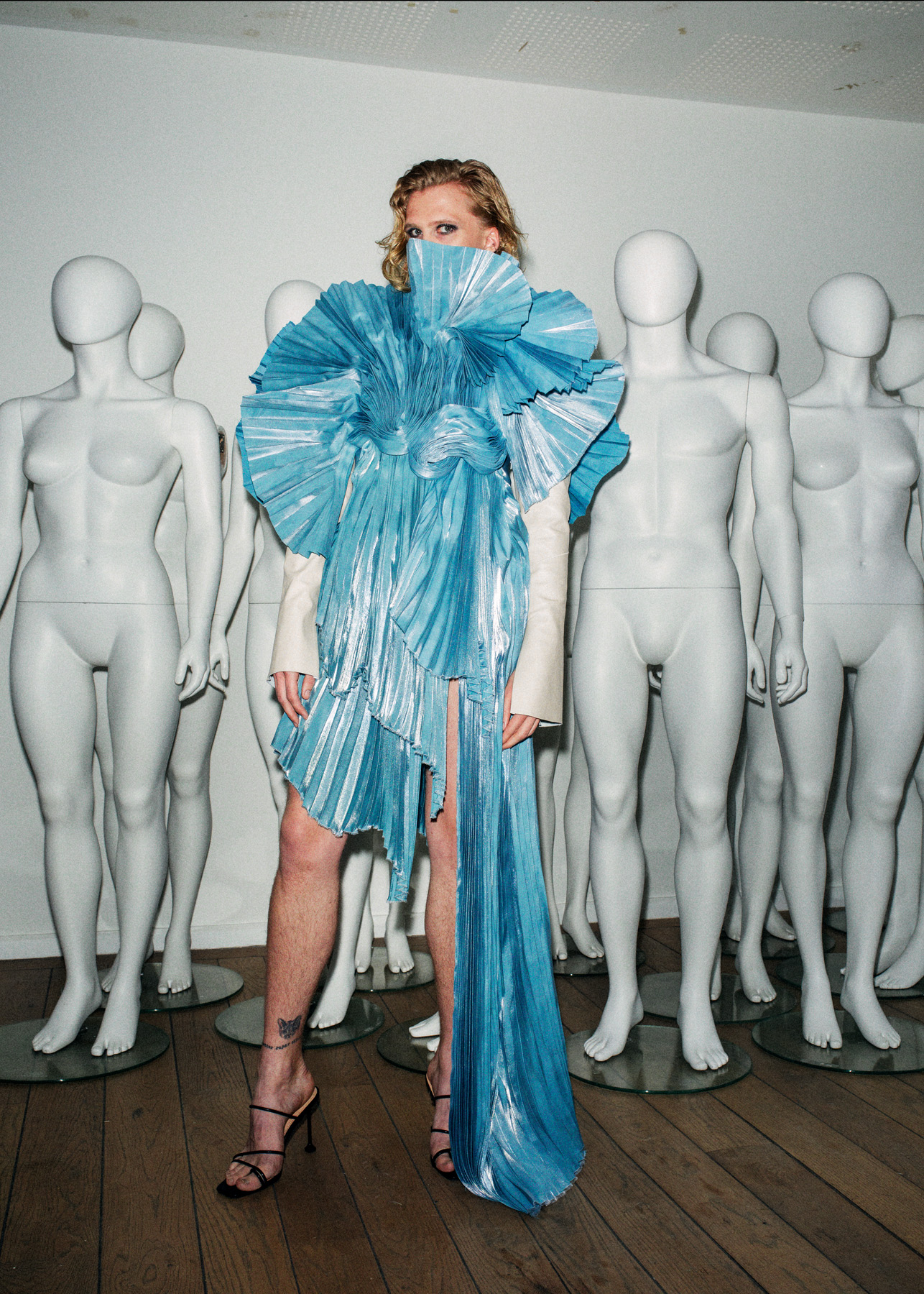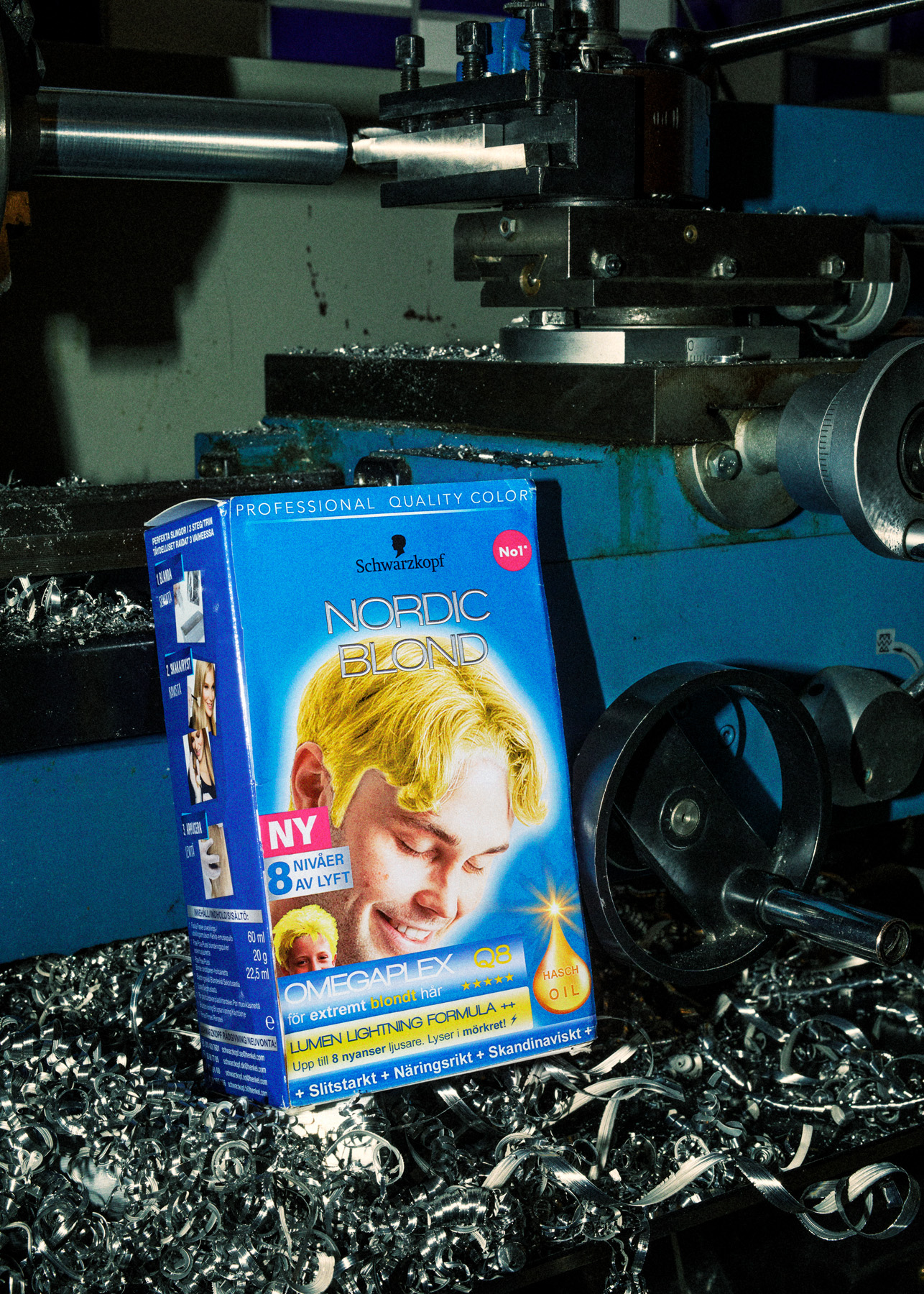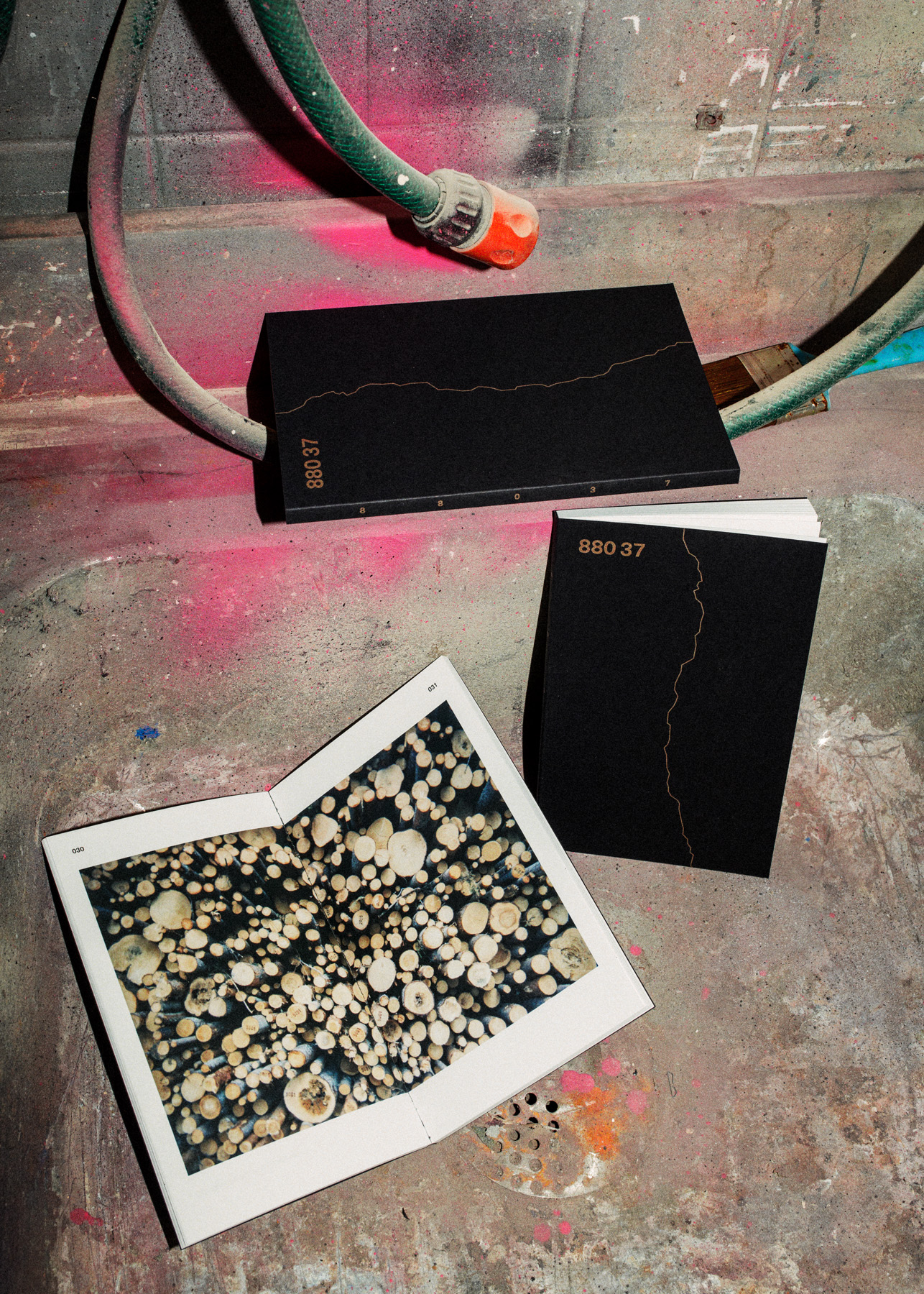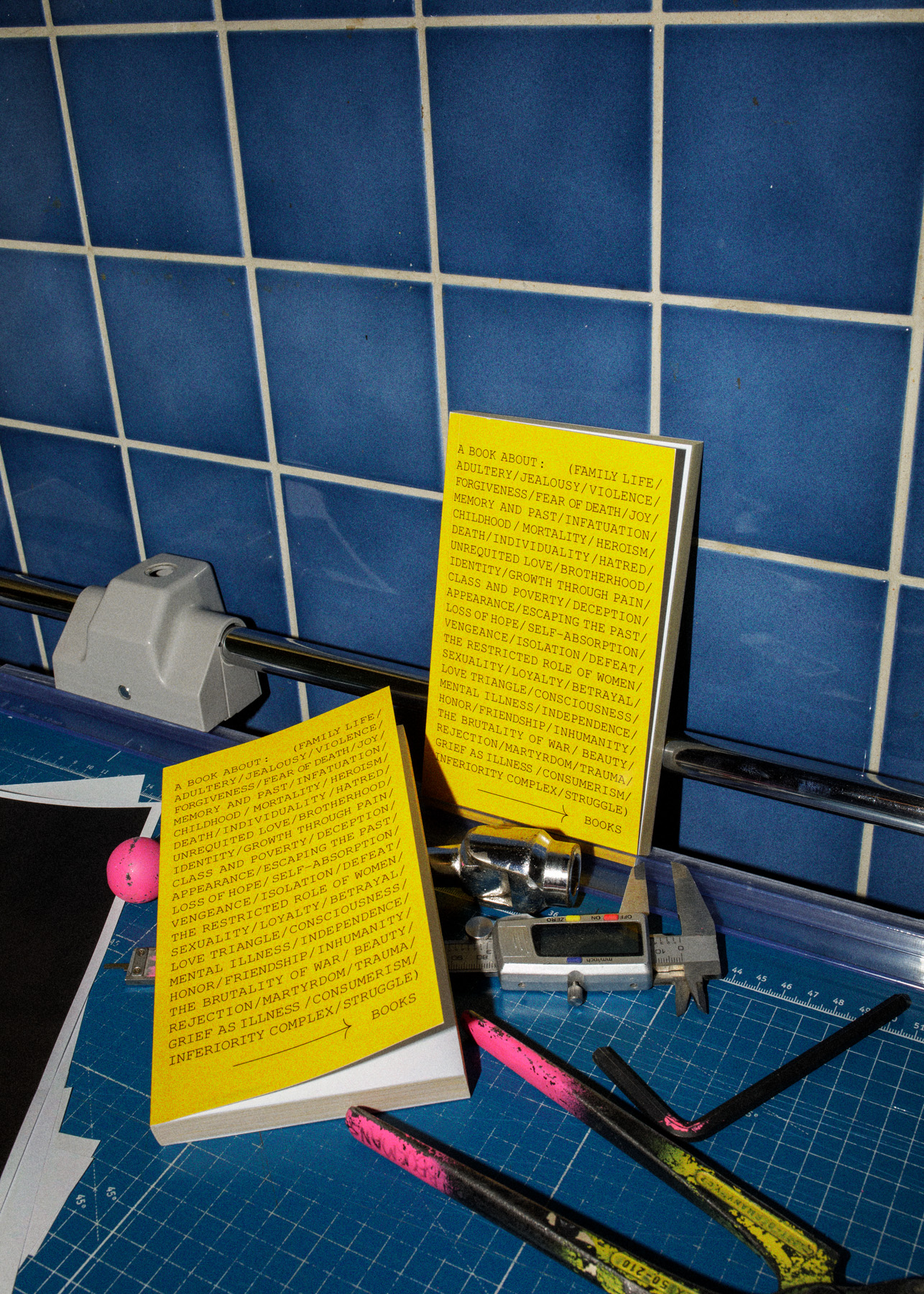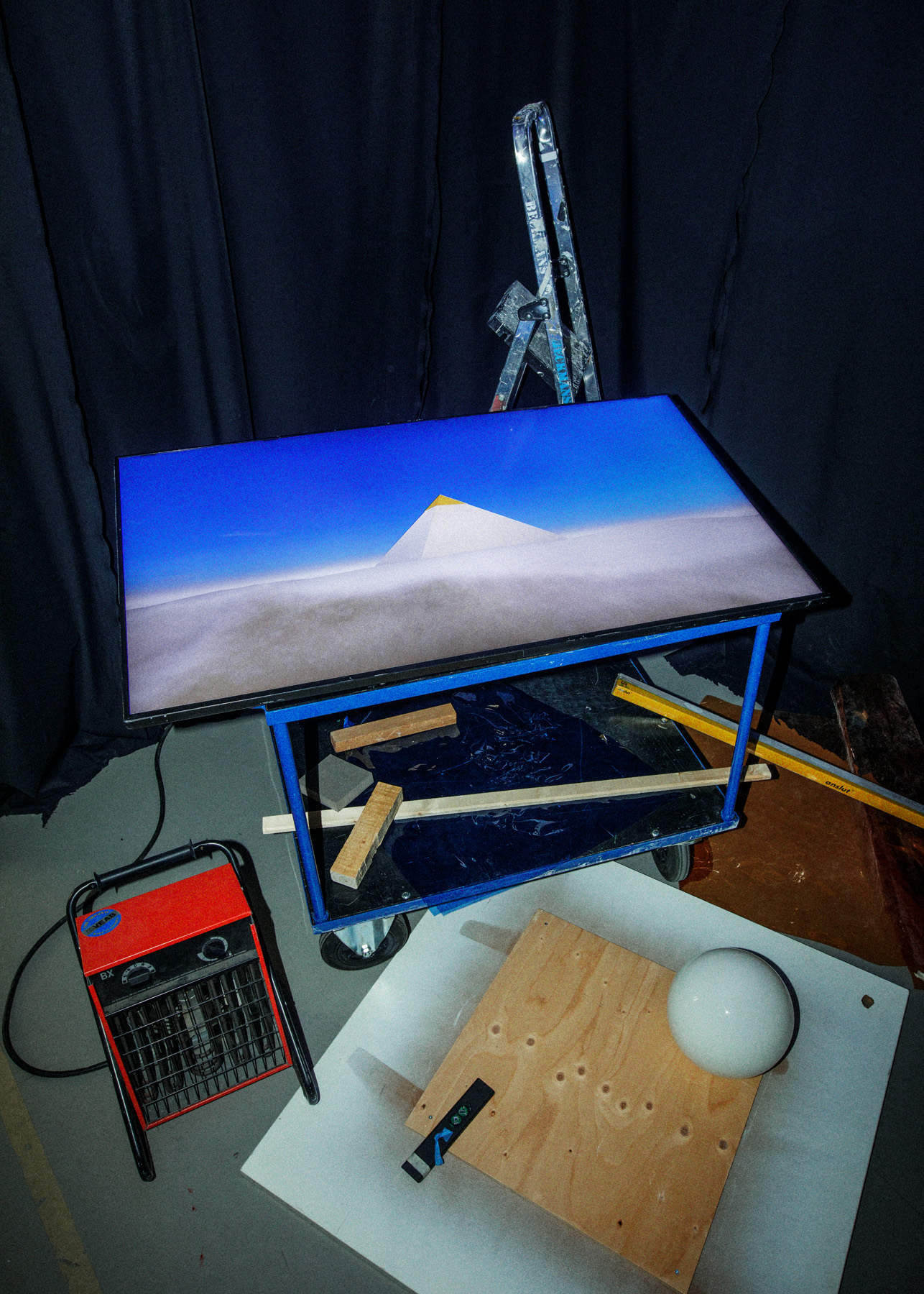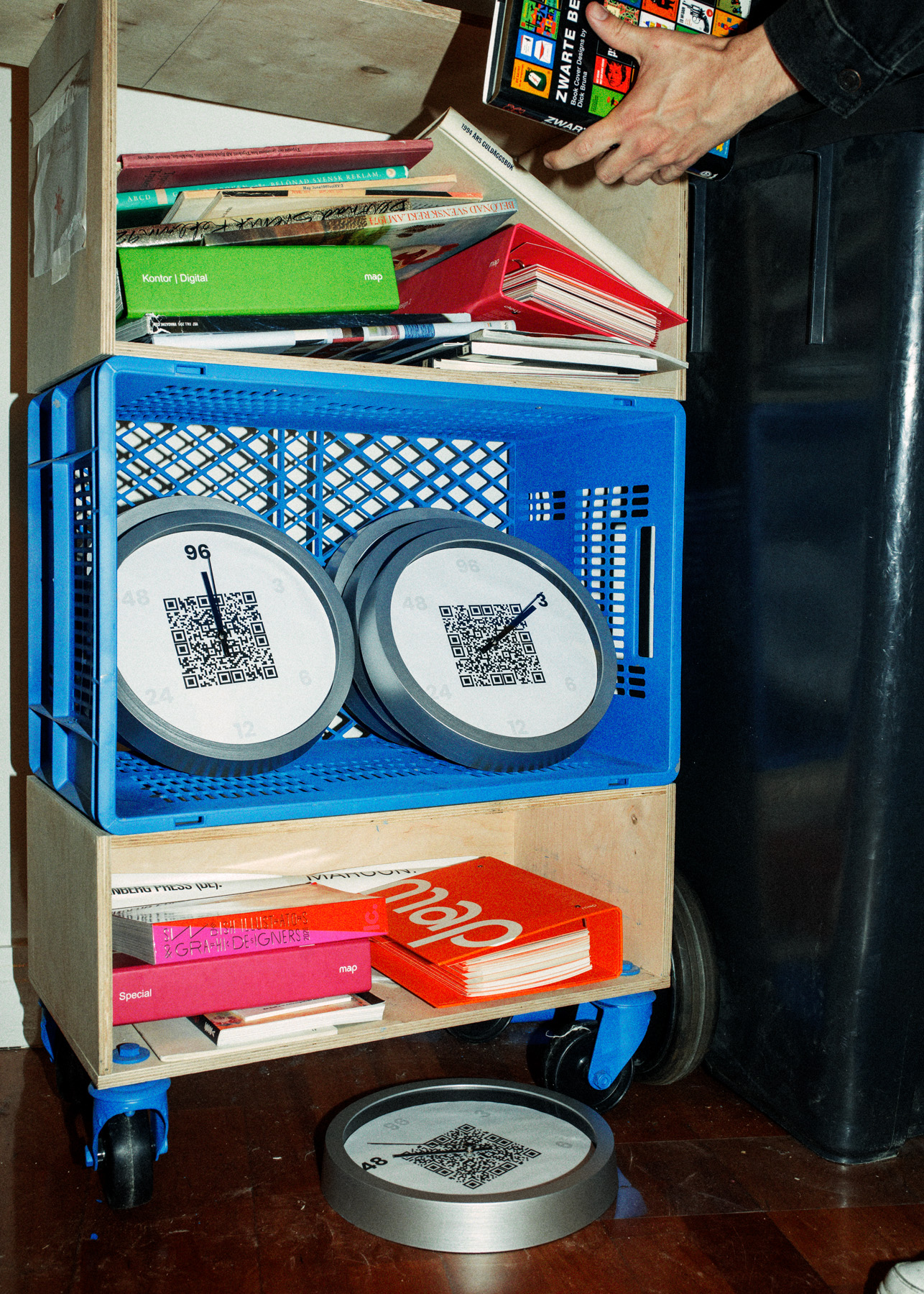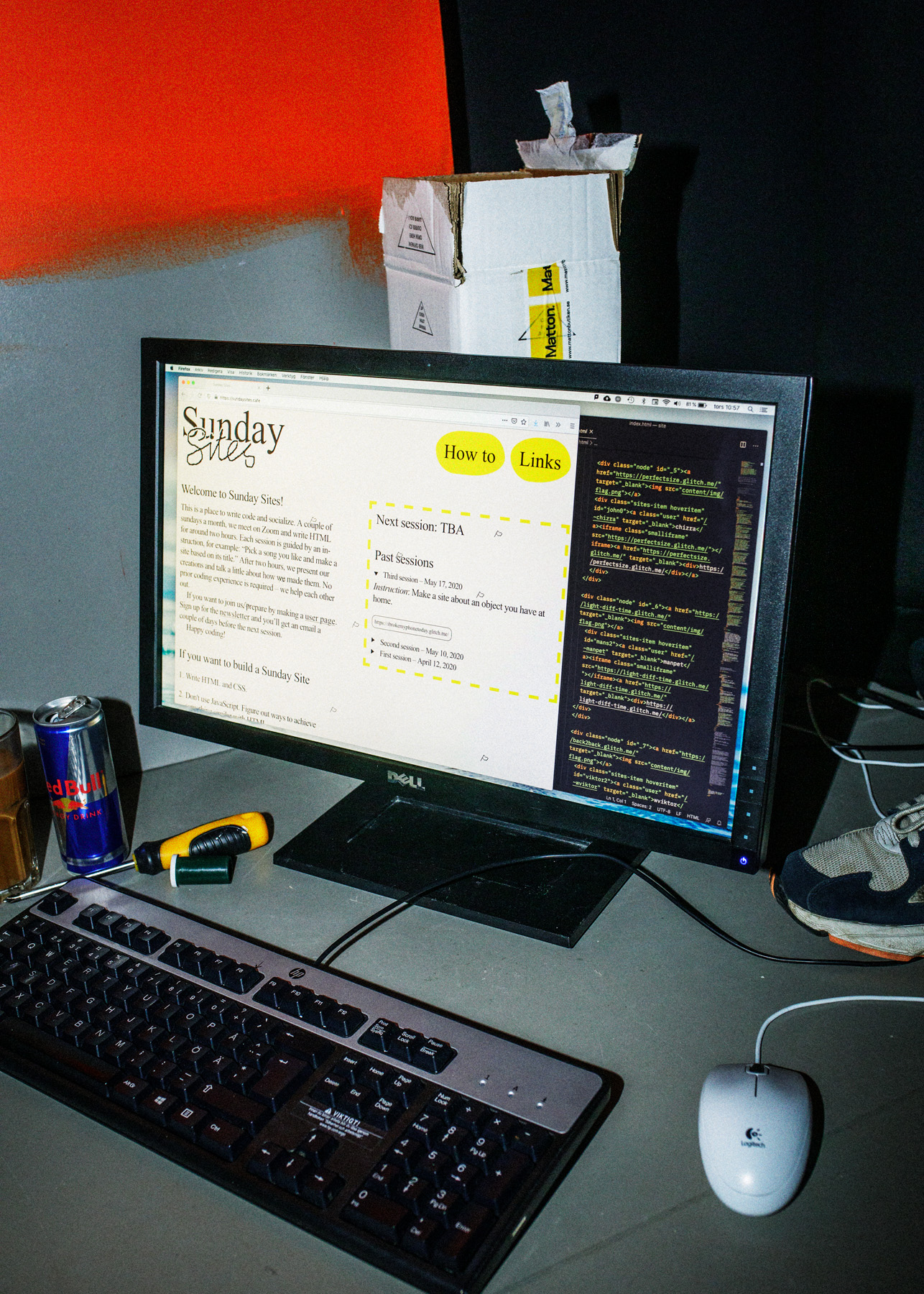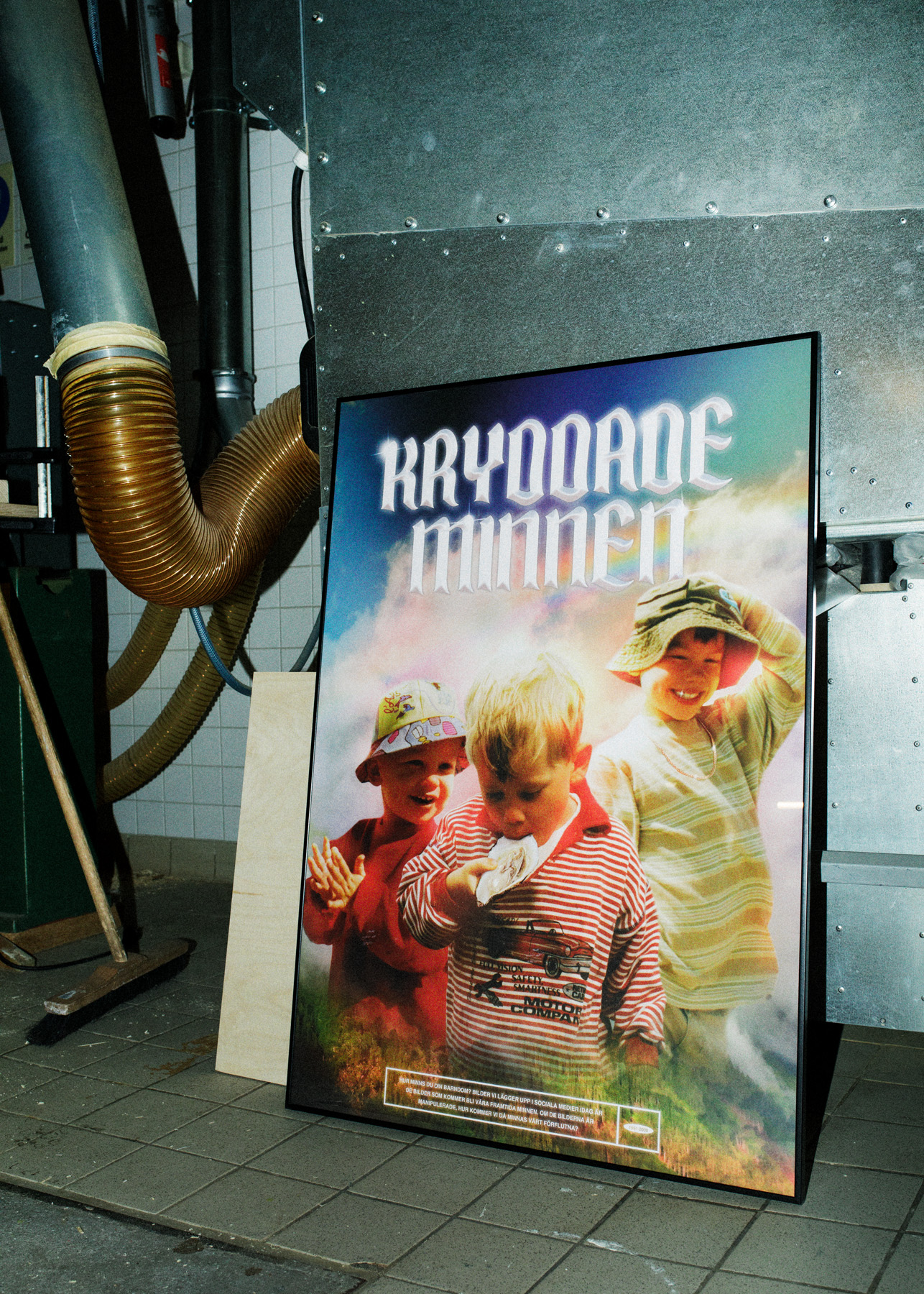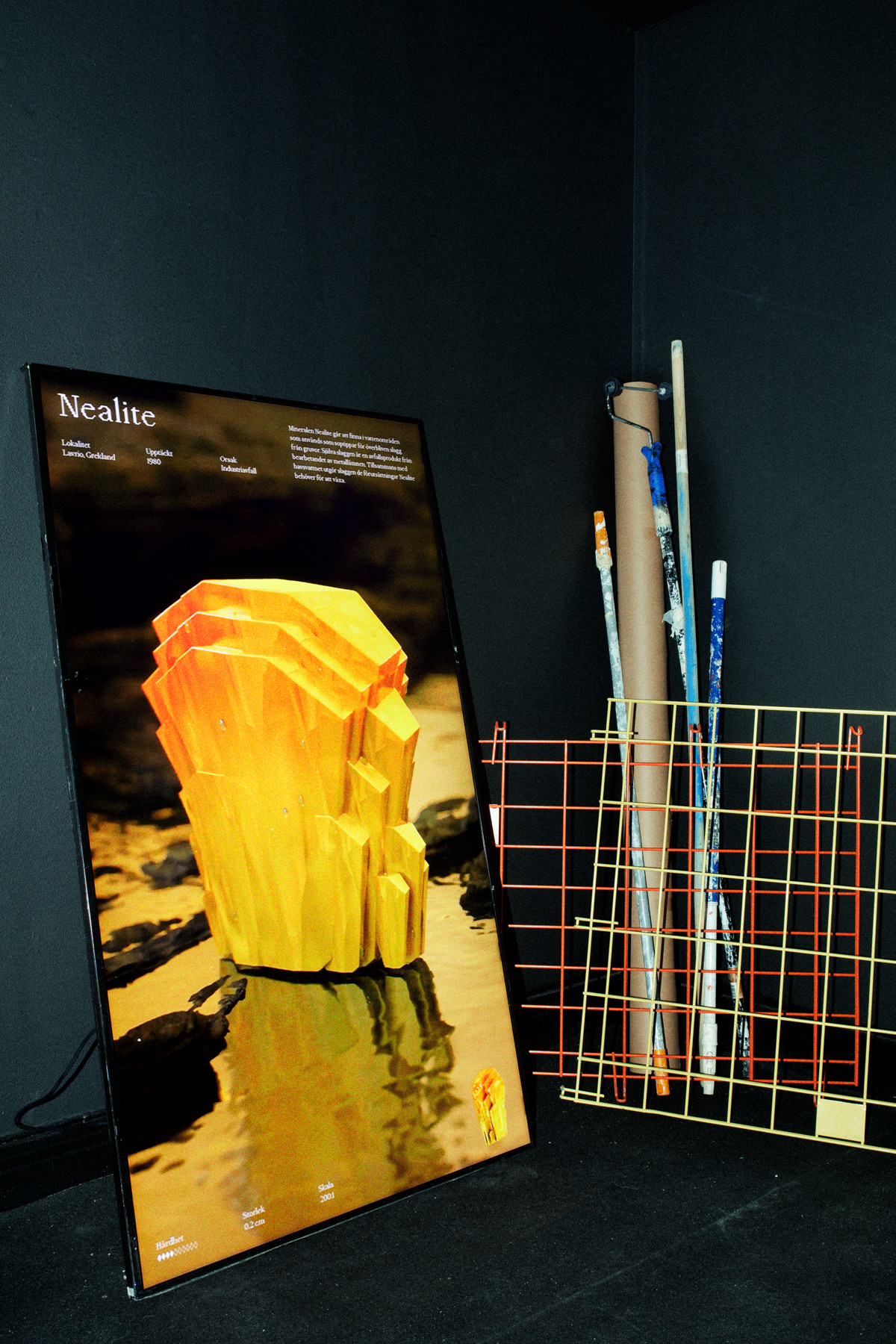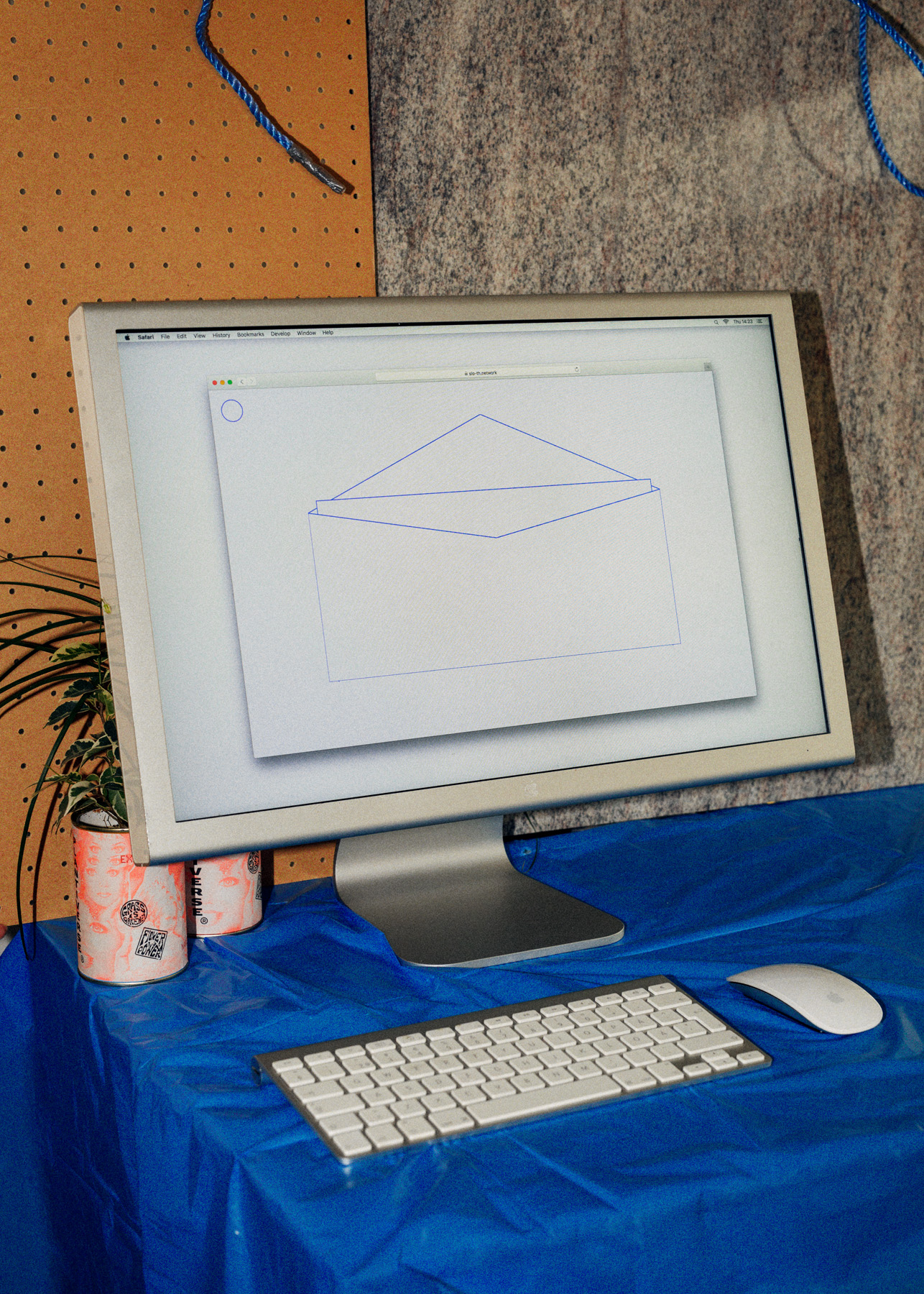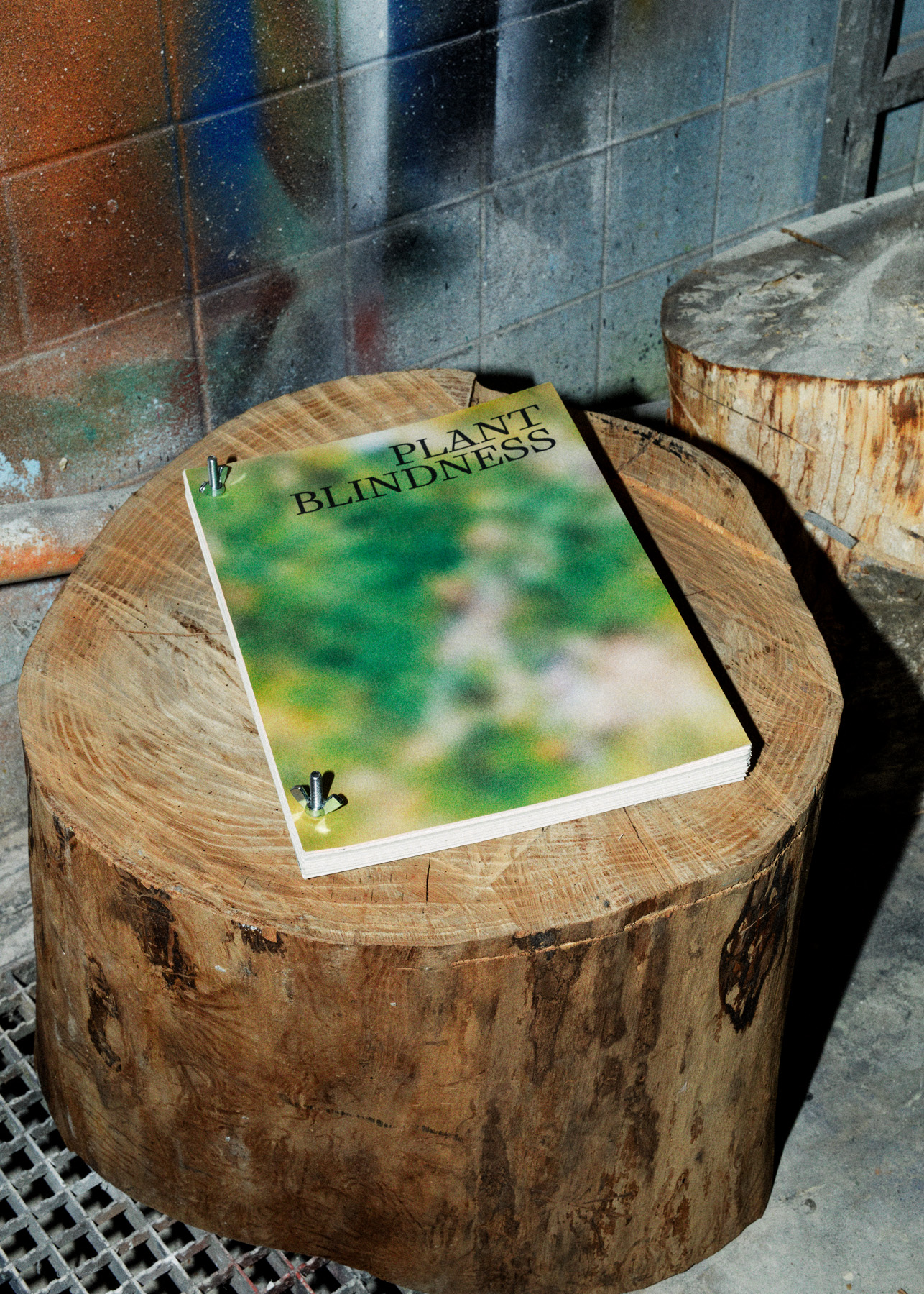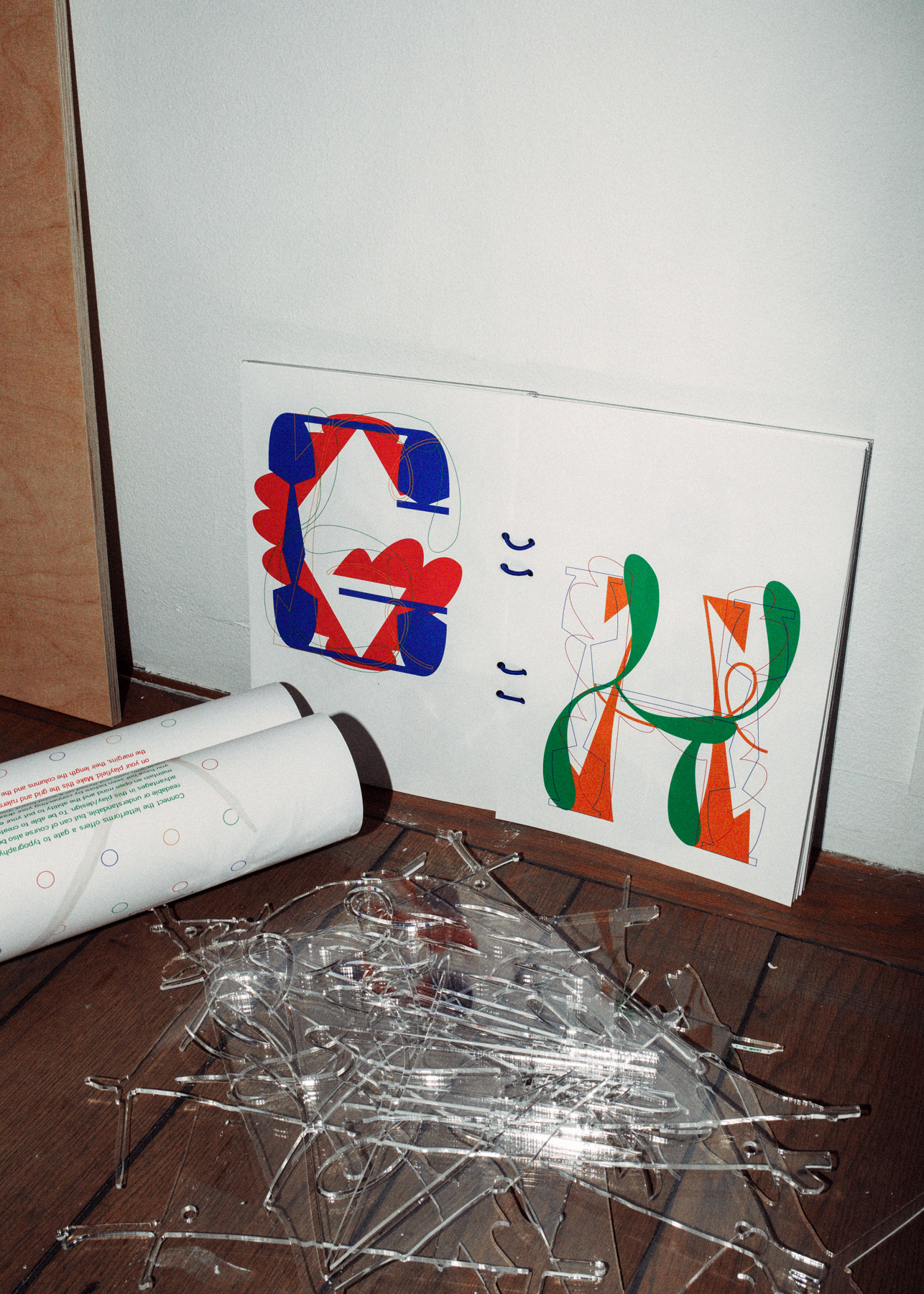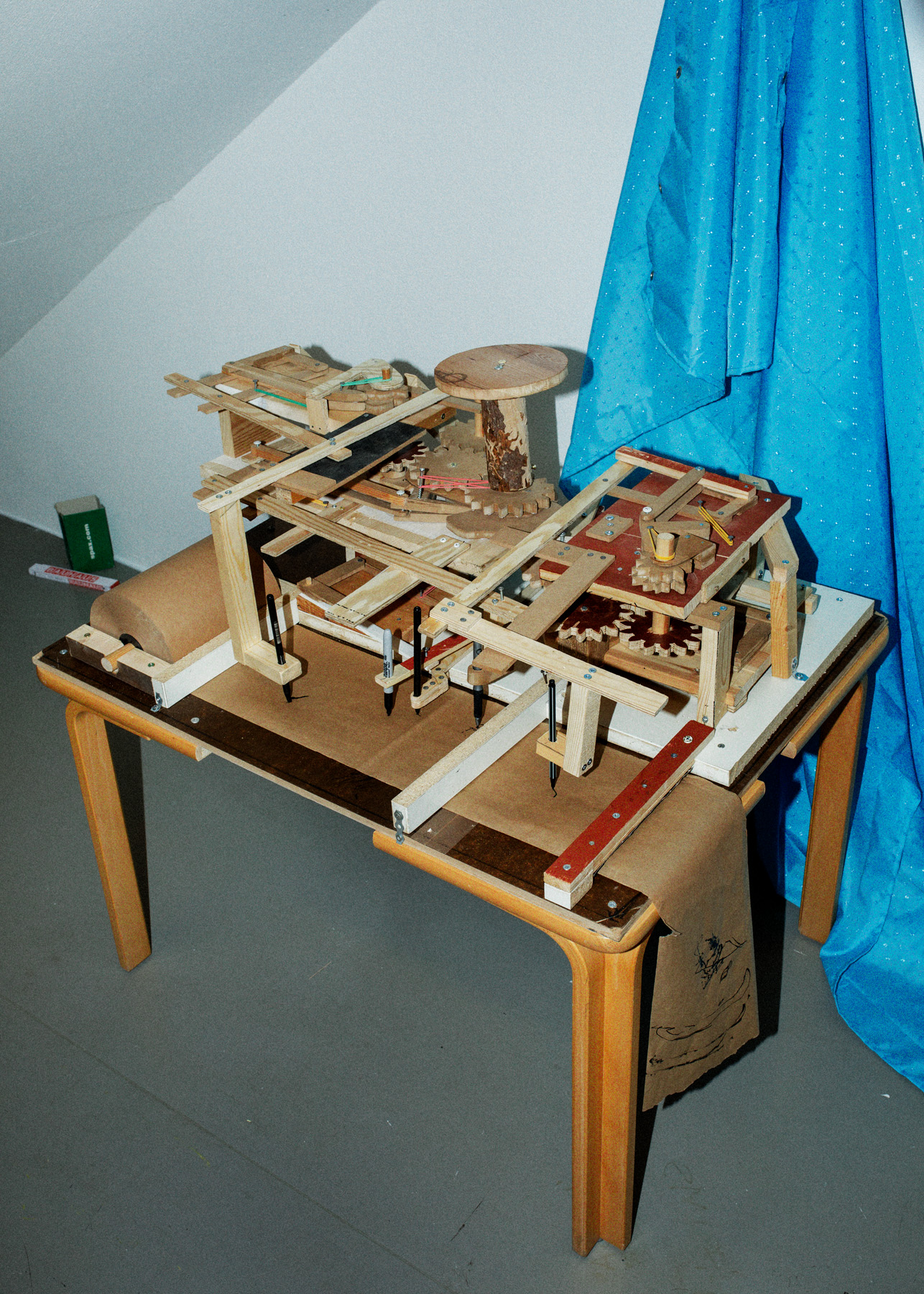Piece by piece
At Beckmans College of Design, we know that design can be the key to solving many different problems – from how we store things, consume, clothe ourselves and socialize to how we communicate. Always with a view to sustainability, of course, both in social and in material terms. Because taking care of our shared resources must be our first priority and our last.
To study at Beckmans College of Design is always to be working in the real world. There is continual collaboration with the profession and the industry, from small local actors to large international ones. Our students’ work addresses the public at conferences and fashion shows, through exhibitions and productions, and in a number of other formats, both in Sweden and abroad.
Our three degree programmes are Product Design, Fashion and Visual Communications. During their studies, students experiment, exaggerate, test, discard, zero in and reach new heights. To find the right thing, one must first be allowed to make mistakes. Theory is interwoven with practical handiwork. Figure drawing sessions are held right next-door to a workshop where a 3D printer is working away methodically. Traditional craft techniques are combined with digital innovation.
Covid-19 constitutes a challenge for all of society. At Beckmans we switched over quickly to remote learning. It has gone quite smoothly for us, thanks to our creativity, a solution-oriented approach and solidarity with one another and the rest of society. And for me as Vice-Chancellor, it became clear that these three particular components are cornerstones at Beckmans: creativity, problem-solving skills and solidarity.
Piece by piece, over the course of their education, our students have created for themselves a toolbox loaded with methods, experiences and approaches. Please join us for an inside look at the creativity of tomorrow’s visual communicators, product designers and fashion designers!
Karina Ericsson Wärn
Vice-Chancellor, Beckmans College of Design

